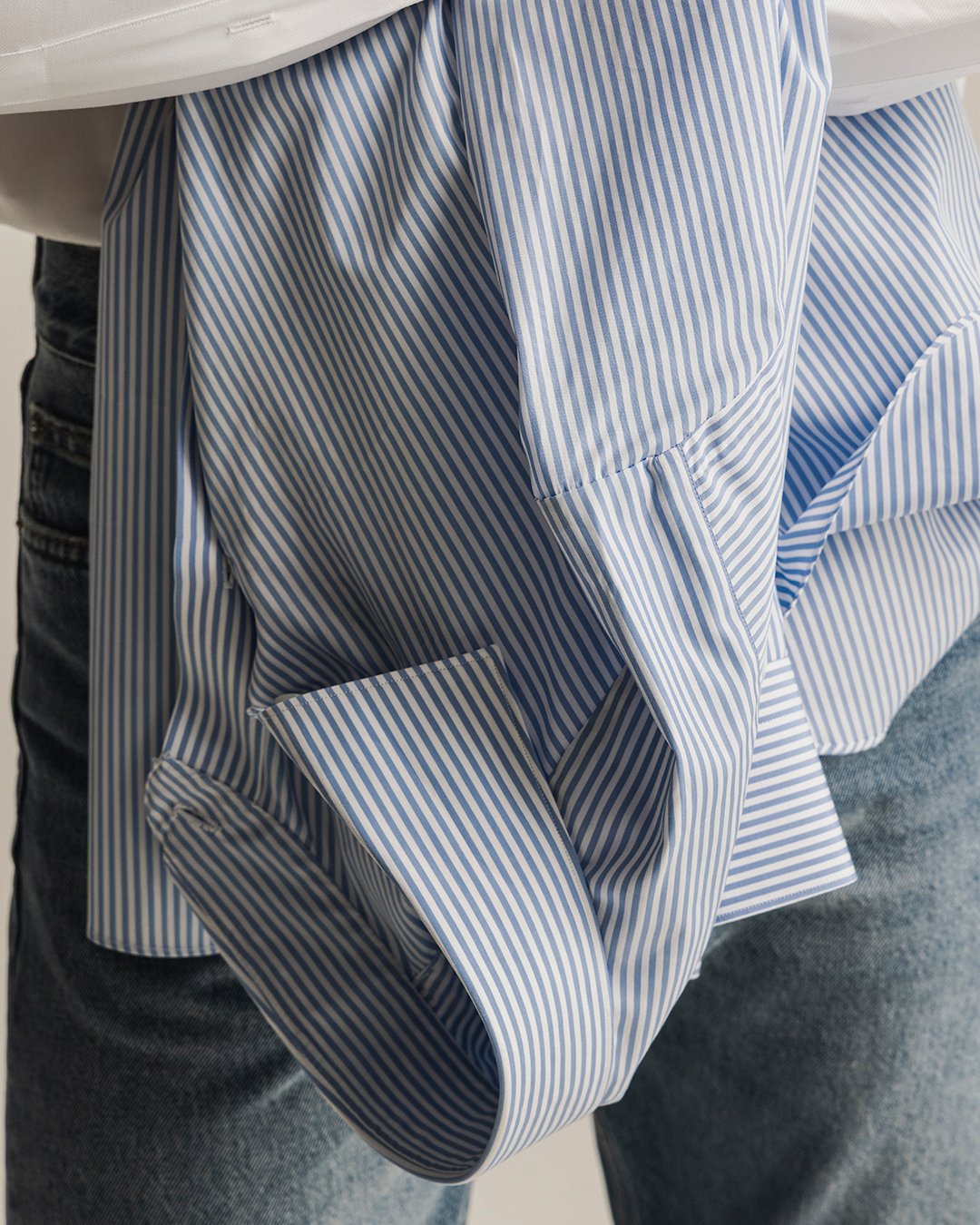Behind the seams: How to recognize a high-quality knitted sweater
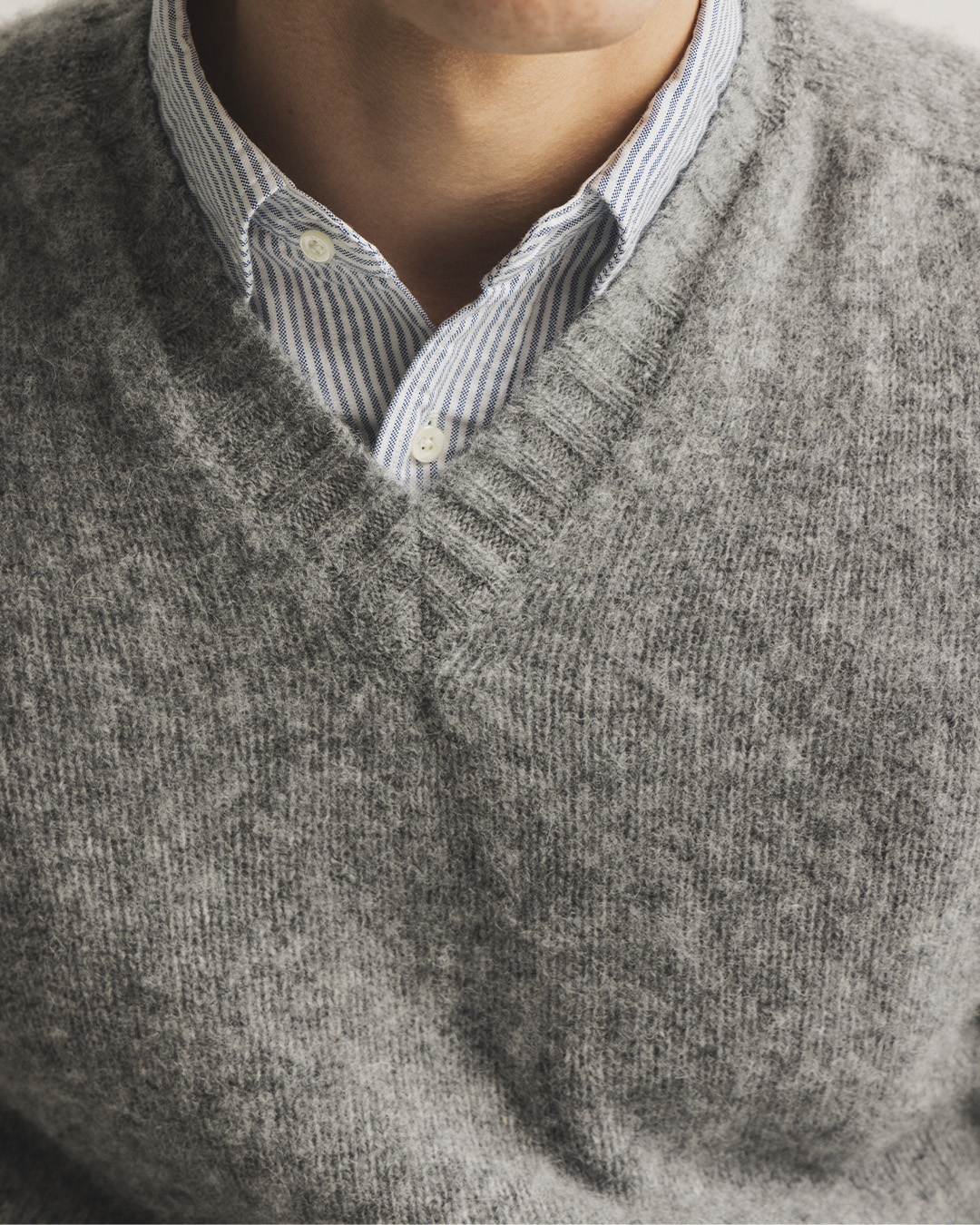
In this series, we show you how to recognize a high-quality knitted sweater – from natural fibers and dense stitches to traditional craftsmanship such as fully fashioned knitting and modern seamless techniques. Learn to see the difference between mass-produced and well-made, and choose garments that maintain their shape, warmth, and style season after season.
1. Natural Fibers
Wool, cashmere, and alpaca have unique properties: they provide warmth, breathe, and mold to the body, and natural fibers like these help regulate temperature and wick away moisture.
Benefits: Garments made from pure natural fibers age beautifully, resist odors, and can maintain their shape and appearance better than many synthetic blends.
How to recognize it: Check the material label – a high proportion of natural fibers is often a sign of quality.
2. Fully fashioned – the traditional craftsmanship technique
Fully fashioned is a traditional knitting technique where each part of the garment – front, back, and sleeves – is knitted directly into the right shape, rather than being cut from a larger piece of knitted fabric (known as cut and sew production). Once the pieces are fully knitted, they are linked together – either by hand or with a special linking machine – instead of being sewn together with a sewing machine, making it a time-consuming sewing technique that also serves as a mark of quality.
Advantages of fully fashioned: The garment has a more flexible and natural fit. There is significantly less material waste since no excess fabric is cut away. It often serves as a clear indicator of craftsmanship and a conscious production method.
How to recognize it: Look for the characteristic diagonal stitch lines along, for example, armholes and necklines. These are sometimes referred to as fashioning marks and occur when stitches are decreased or increased row by row during the knitting process to shape the garment. So it is not a seam, but the stitches themselves that create the shape.
3. Stitch Density
How to recognize a dense knit: Hold the garment up to the light. If it lets through a lot of light, it is often looser and less compact. At the same time, it is important to remember that some coarser knits – such as fishing sweaters or cable knits – may appear airy but still be very durable. In these cases, it is the volume of the yarn and fiber quality that provide warmth rather than the density of the stitches.
Tip: Pay particular attention to the shoulders and elbows – this is where quality and shape retention become most apparent.
4. A Garment Completely Seamless
Examine the seams of the garment; no loose threads should be sticking out. The inside reveals the craftsmanship. Modern WholeGarment technology allows the entire garment to be knitted in one piece, without seams. It is a relatively new technique used by brands that focus on innovation and precision in manufacturing. (Note that some garments lack side seams but are instead circular knitted; these will have seams at the sleeves, neckline, and shoulders, a method that is not quite as exclusive as WholeGarment.)
Benefits of seamless garments: Seamless garments provide a more comfortable fit and reduce friction against the skin, which in turn means the material wears less, allowing the garment to last longer. Additionally, material waste is minimized compared to traditional production.How to recognize it: The garment lacks traditional seams – a clue that it has been manufactured using advanced technology.
5. Responsible Raw Material Source
An increasingly important hallmark of a quality garment is the origin of the fiber. Wool from certified farms (such as Responsible Wool Standard or ZQ Merino) ensures good animal welfare and traceability.
Why it's better: High-quality wool and ethical production often go hand in hand. Wool produced under good conditions has better prospects for yielding a softer and more durable yarn. Ethical production means better animal welfare, worker protection, and environmental sustainability.
How to recognize it: Look for labels or information from the brand regarding origin and certification.
Geek out: What determines whether a garment is of good quality can depend on many factors, including those that we can barely see with the naked eye. It is primarily fiber length, yarn twist, and material blend that determine how well the garment will hold up over time. The longer the fibers, the better. Shorter fibers are more likely to pill, regardless of whether the material is made from wool or synthetic fibers; however, there is a greater likelihood that a garment made from natural materials will perform better than synthetic.
Whether you prefer classic craftsmanship or modern technology, it's worth taking a closer look at the details in knitted garments. A well-made knitted piece not only feels better when you wear it – it also retains its shape and warmth for many years to come.





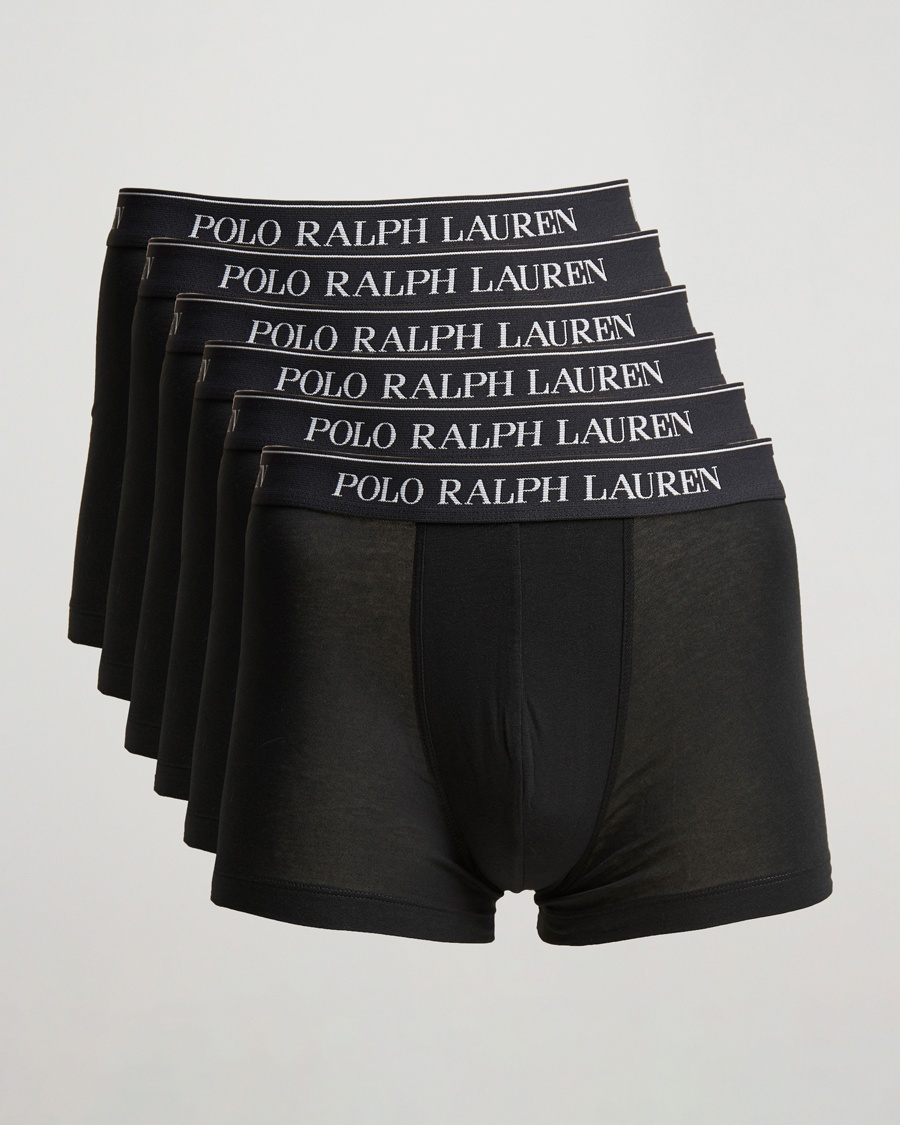

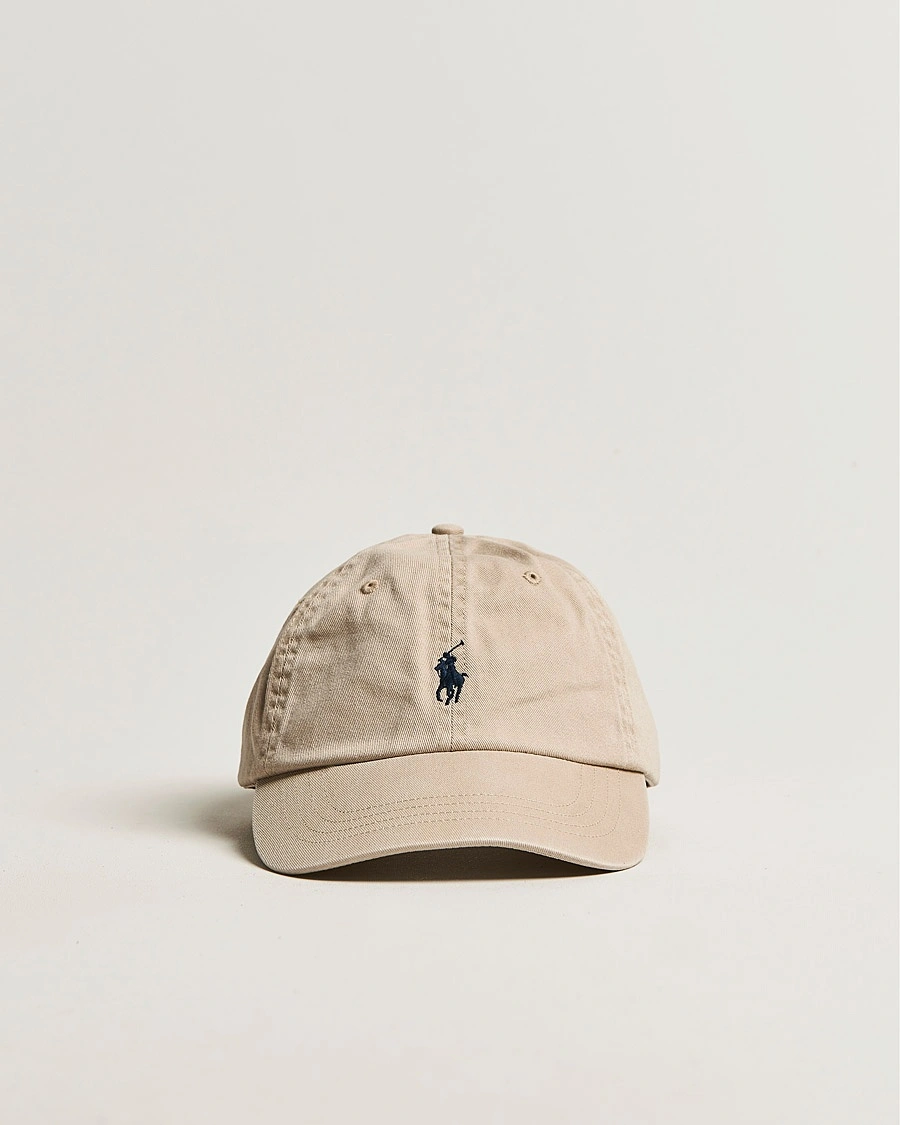
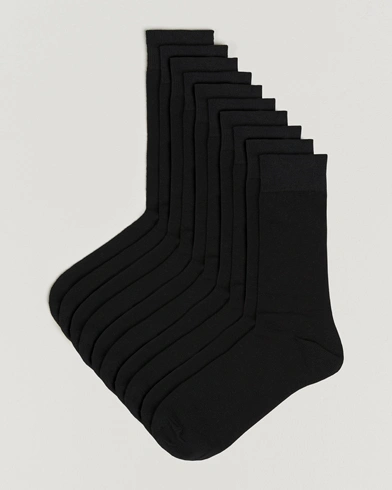


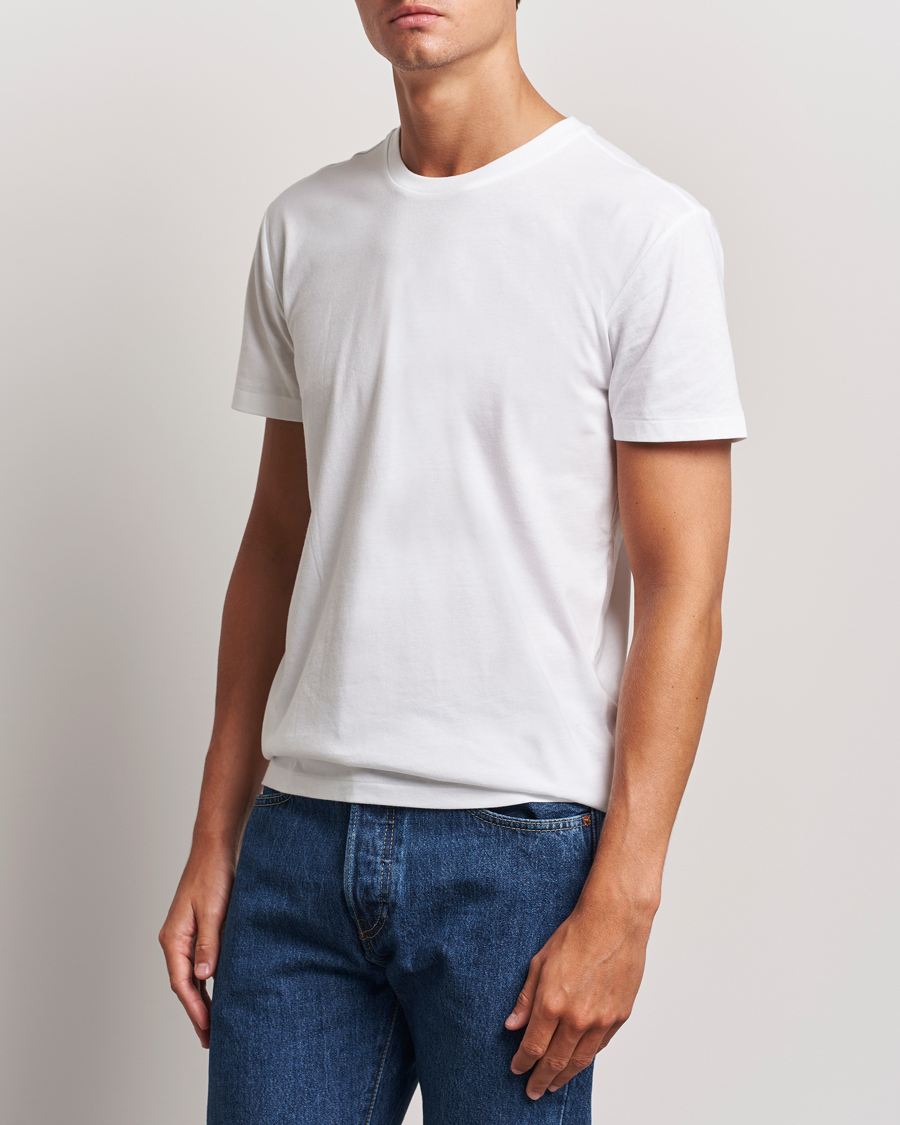
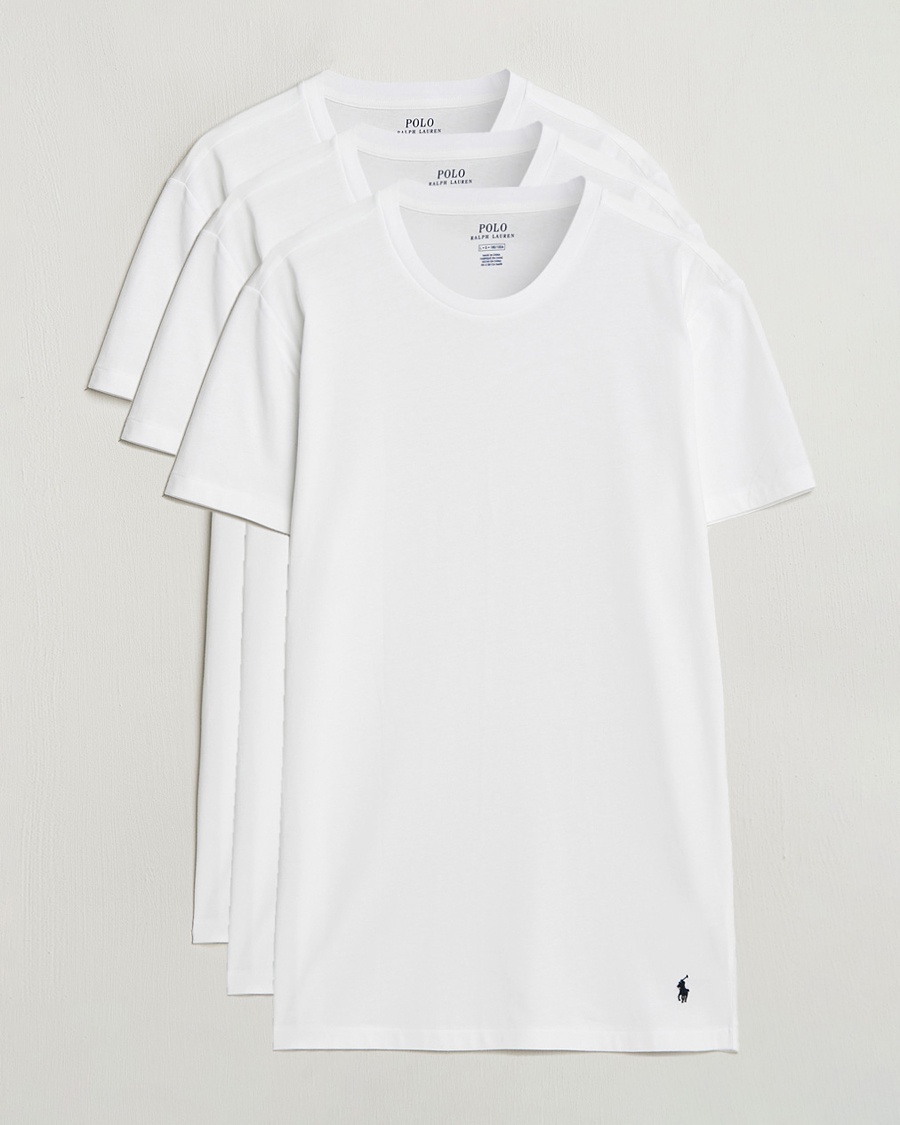

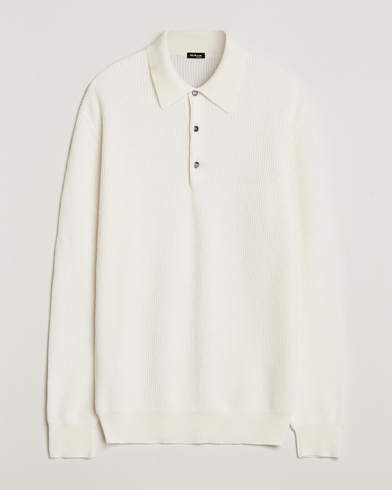
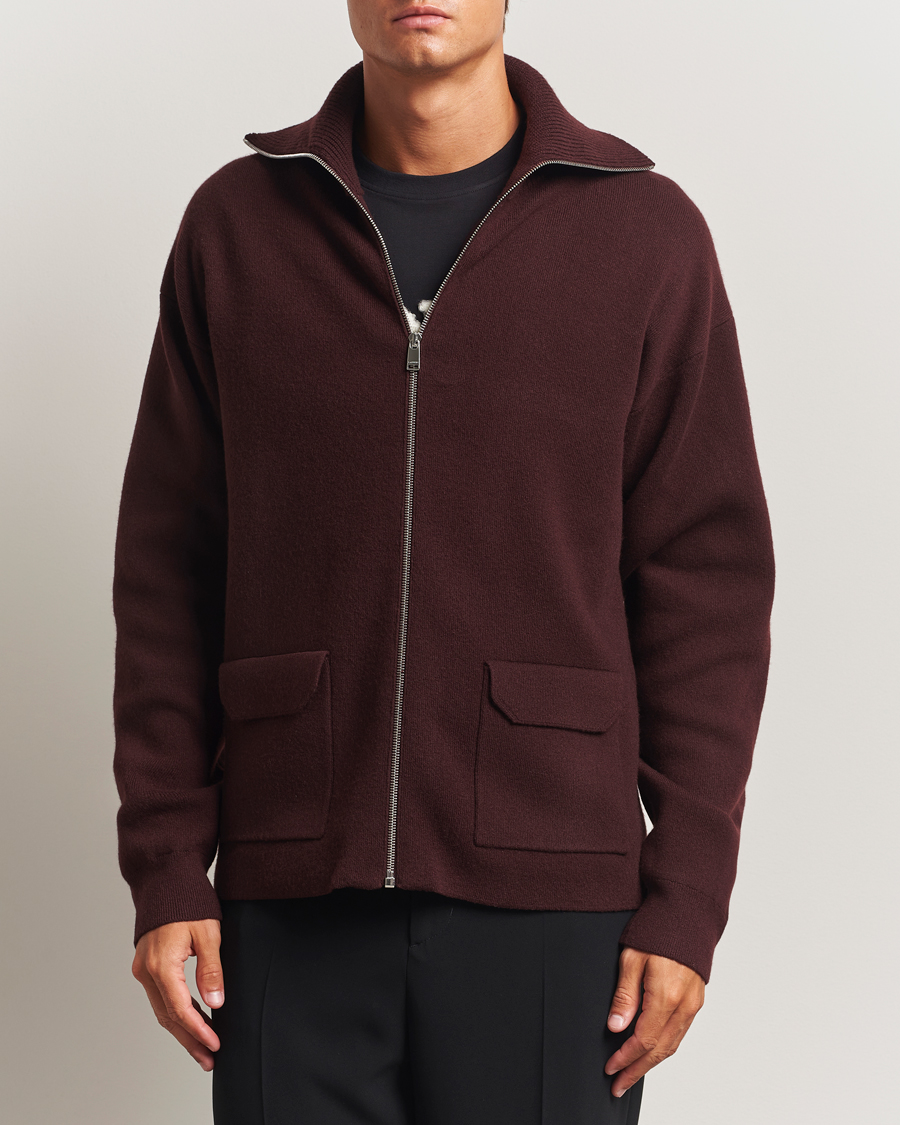

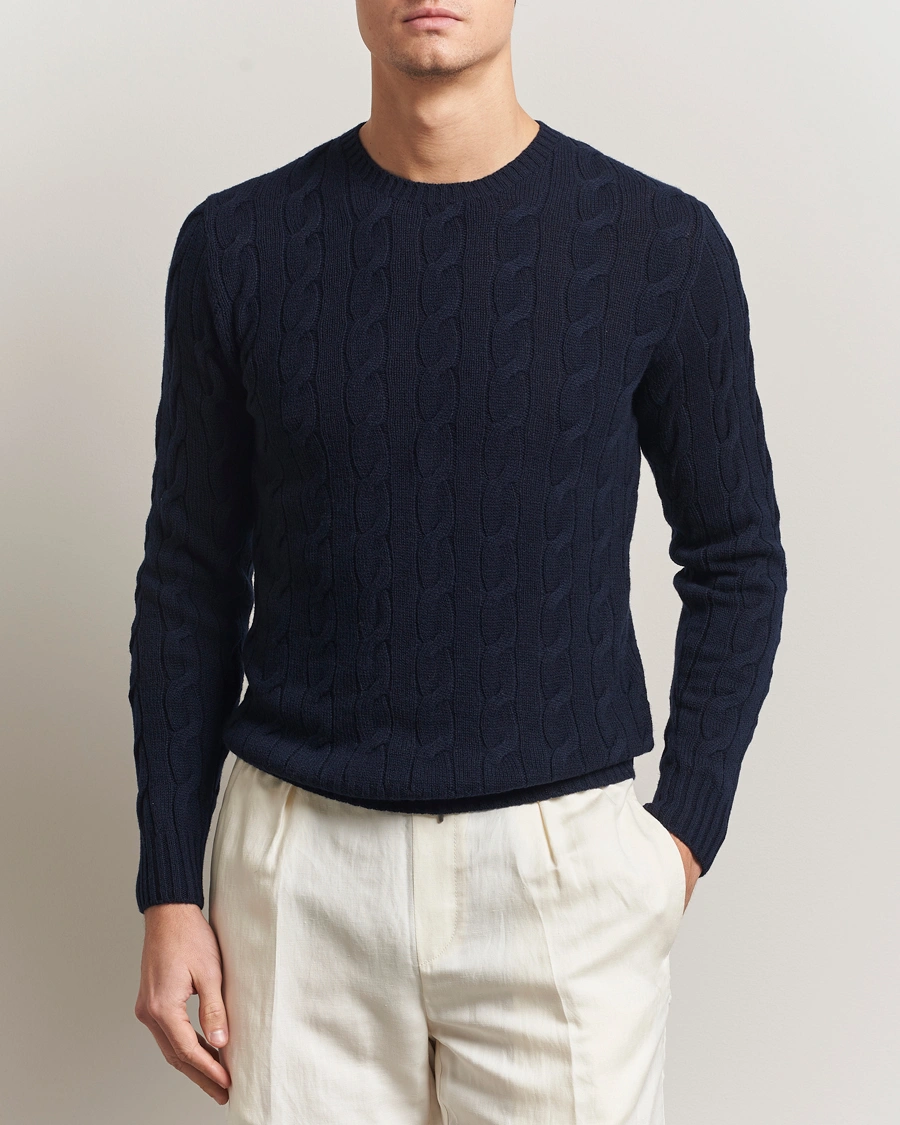
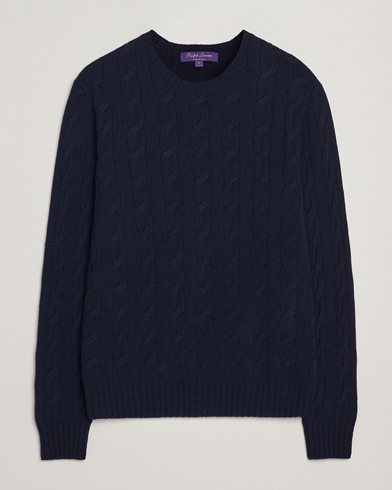
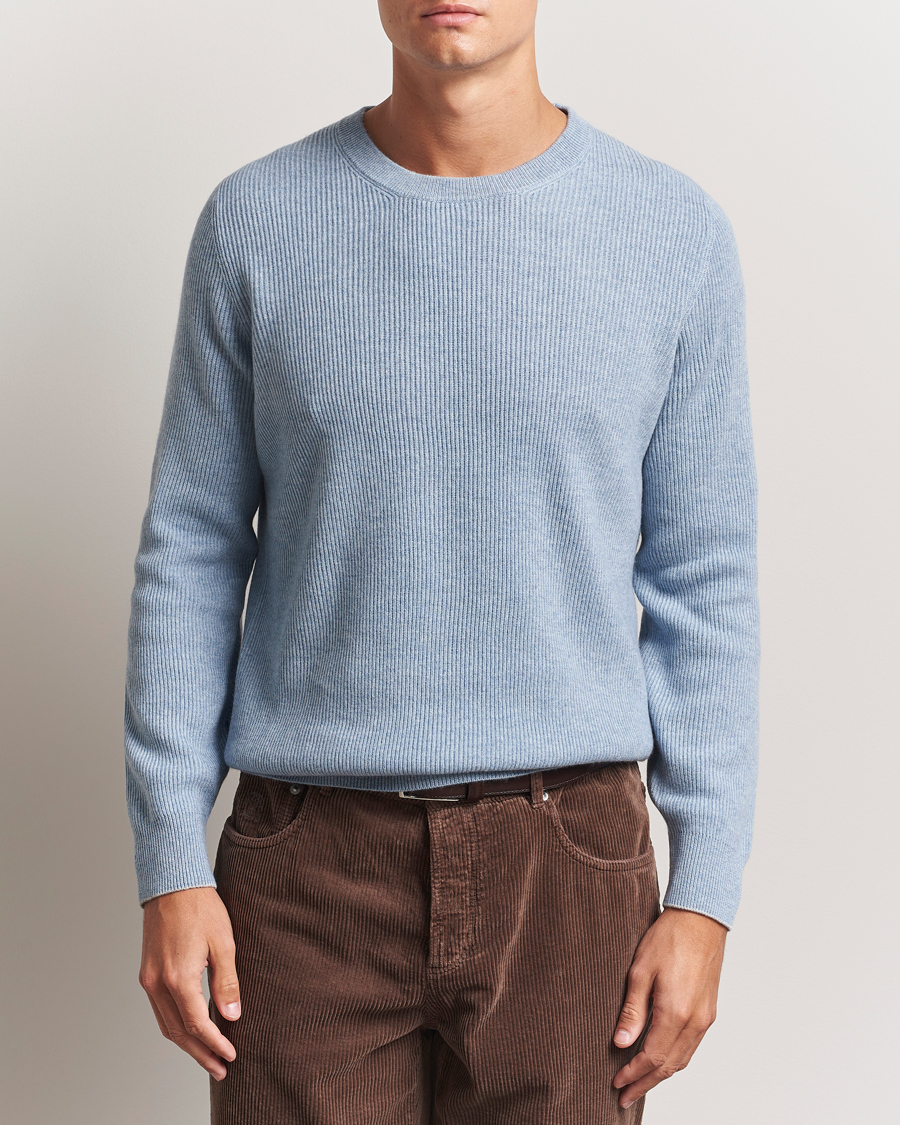
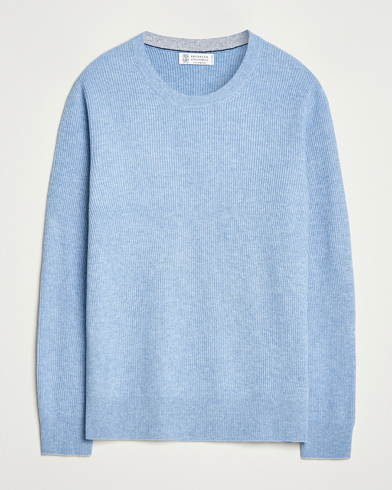

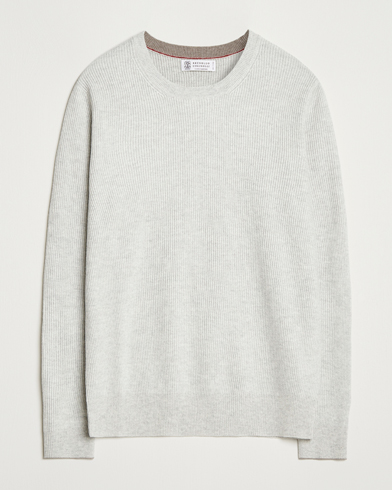


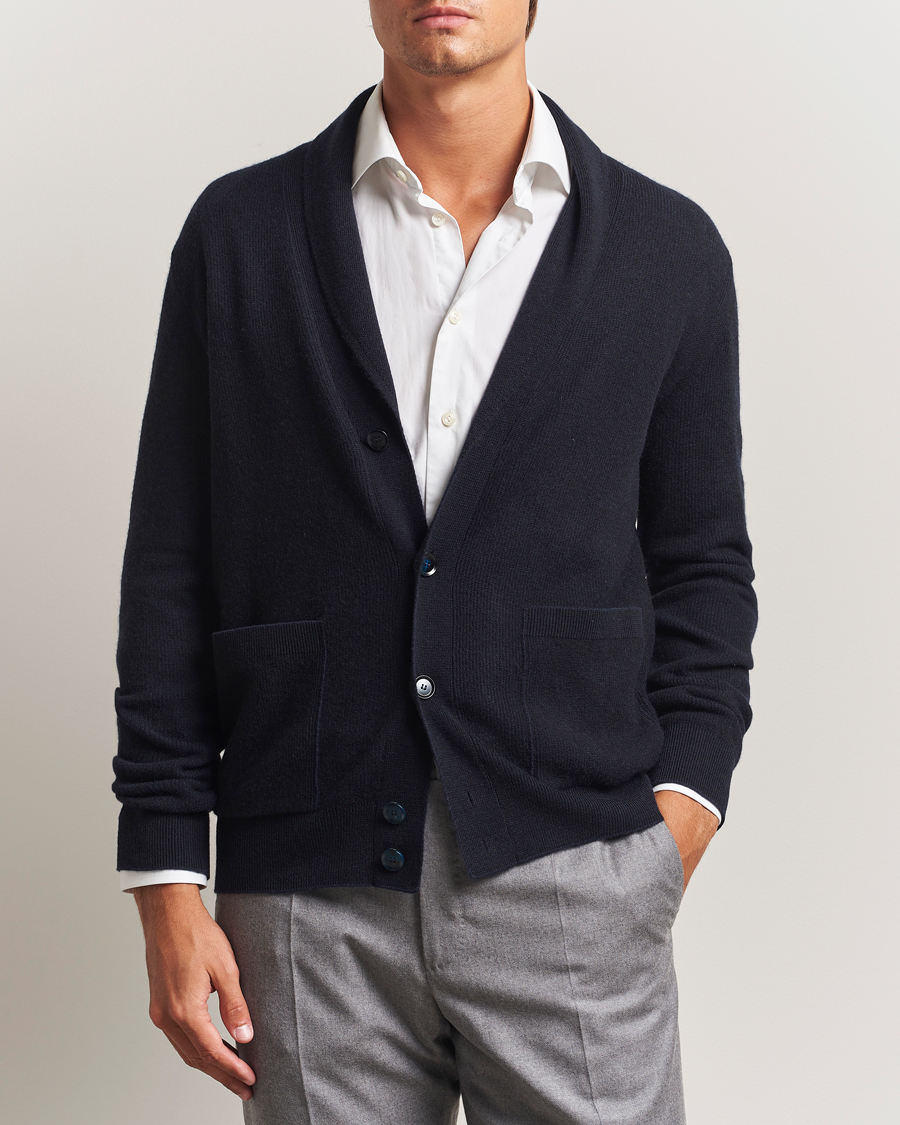

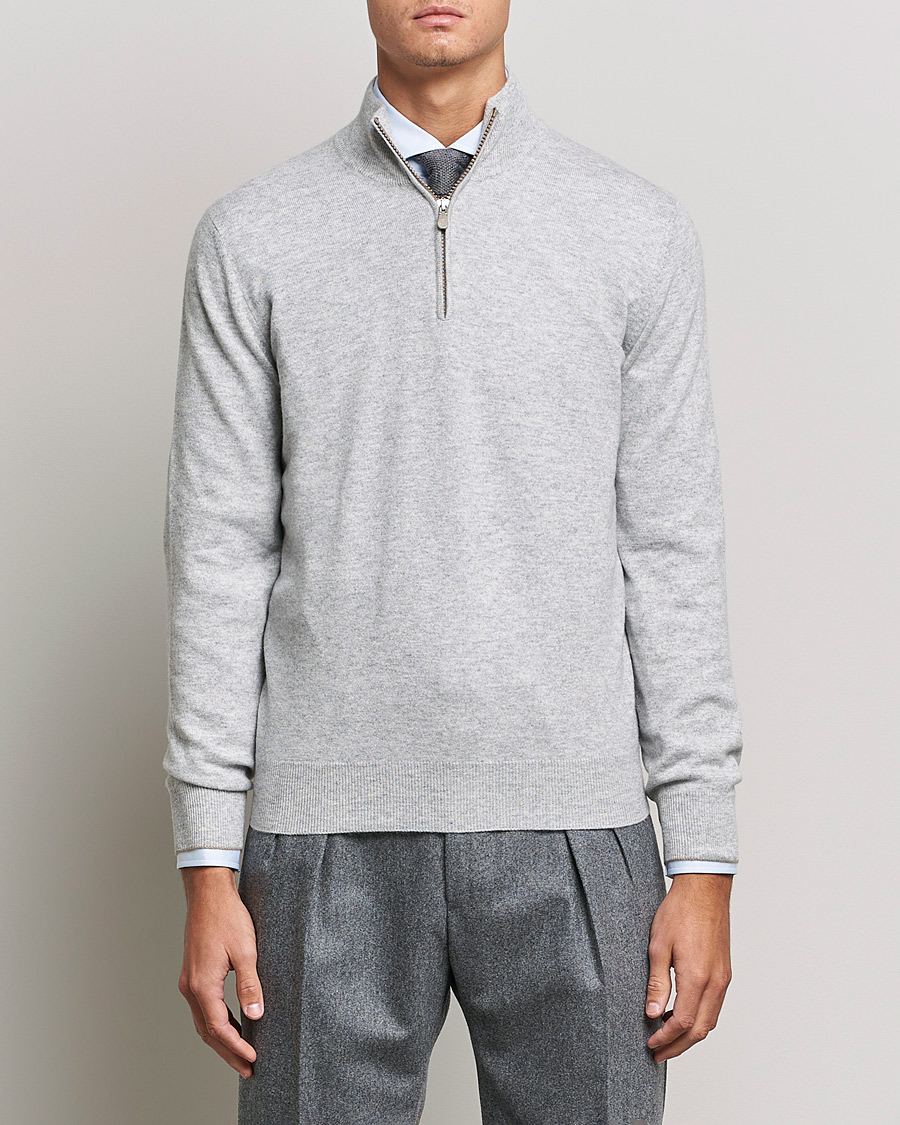
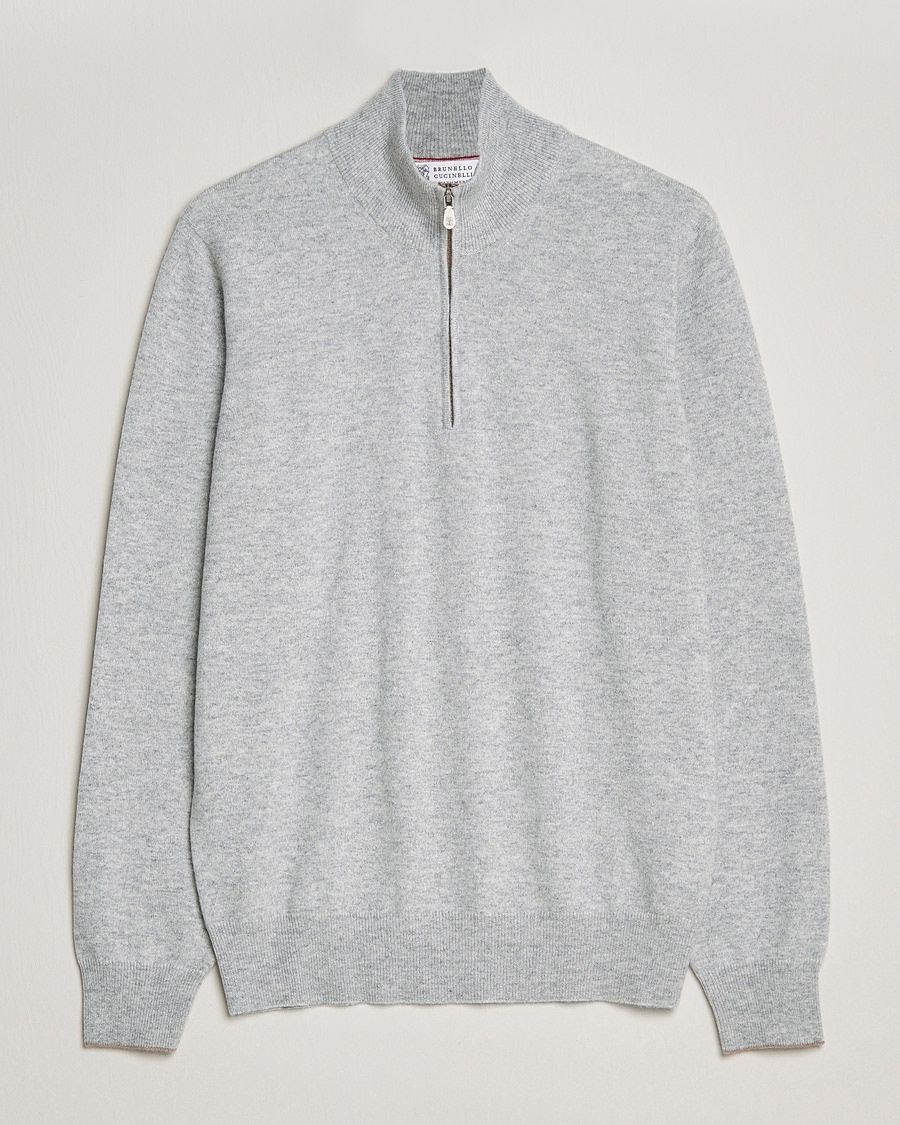


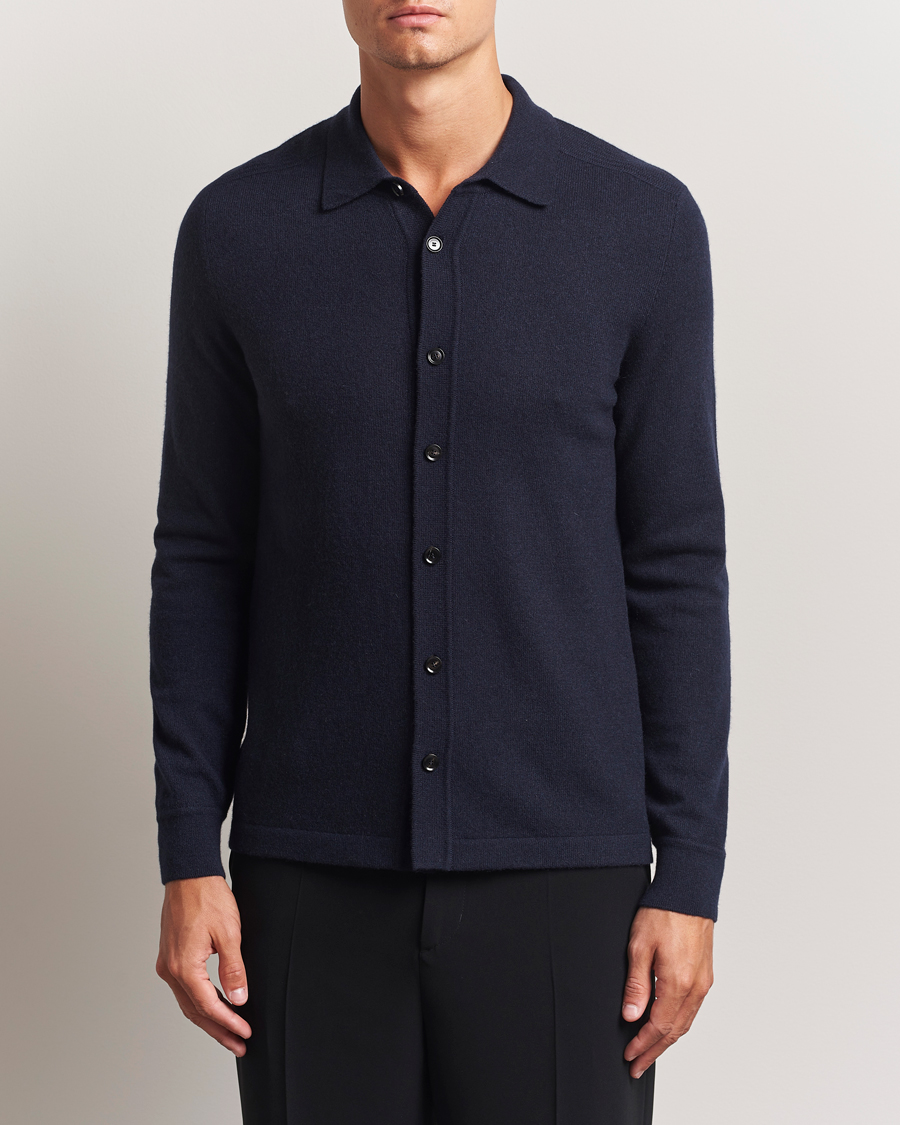


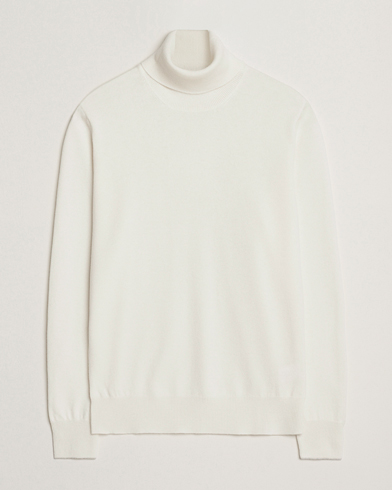


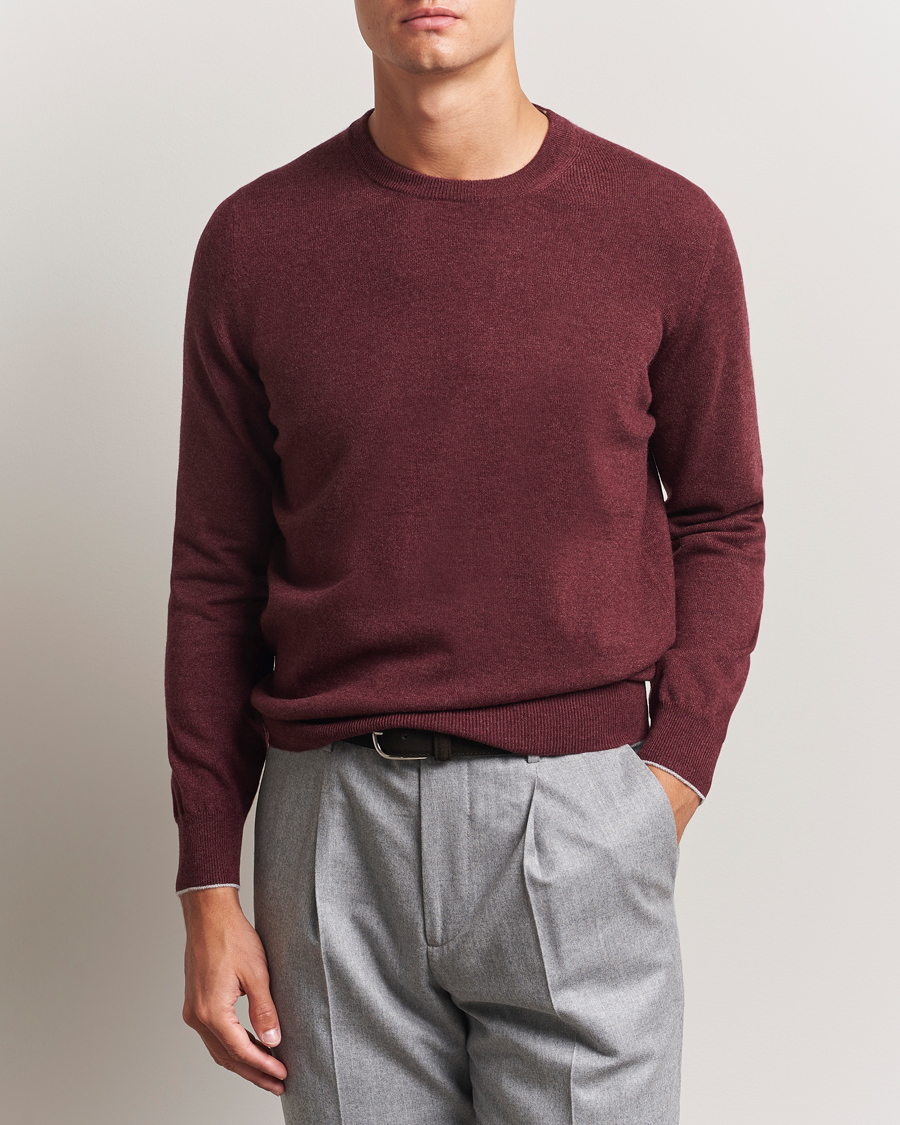
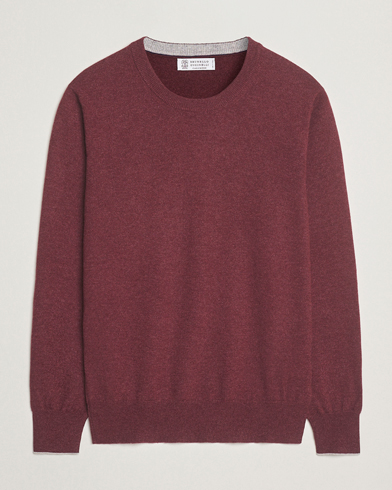
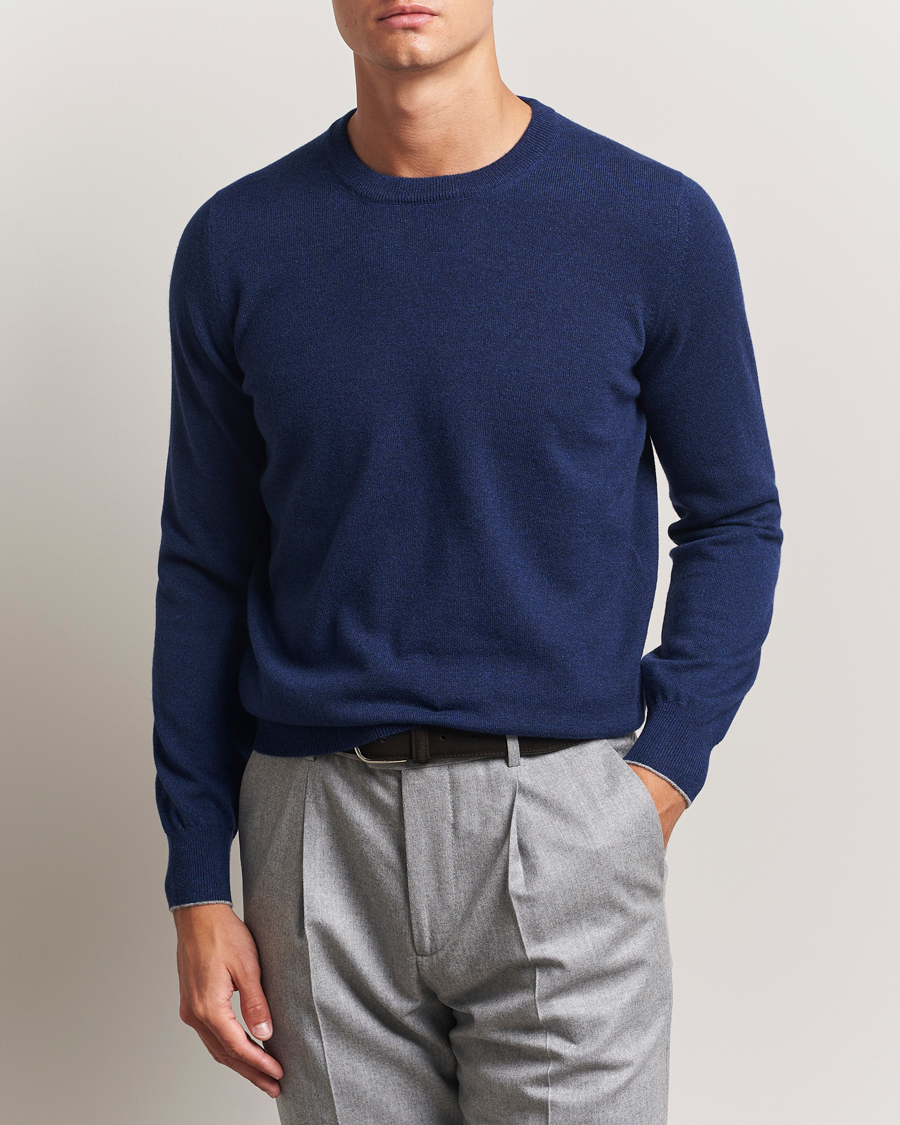
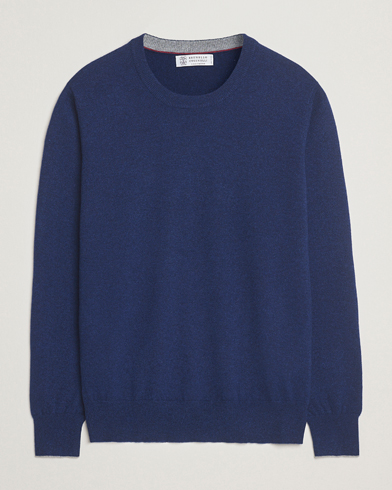

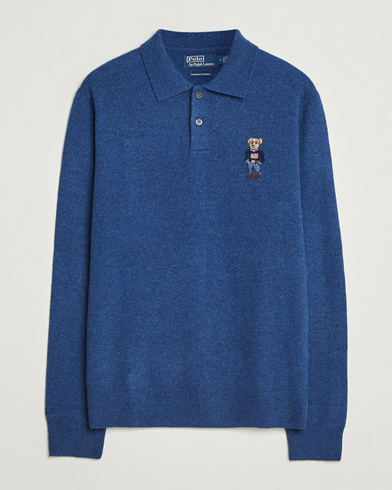

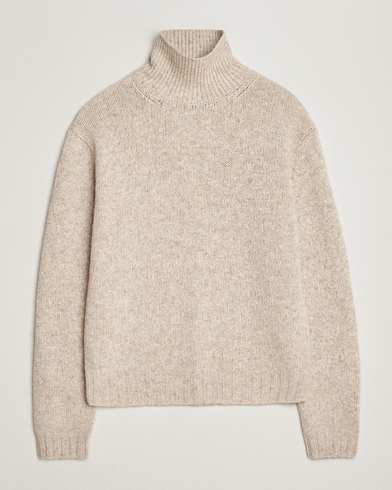

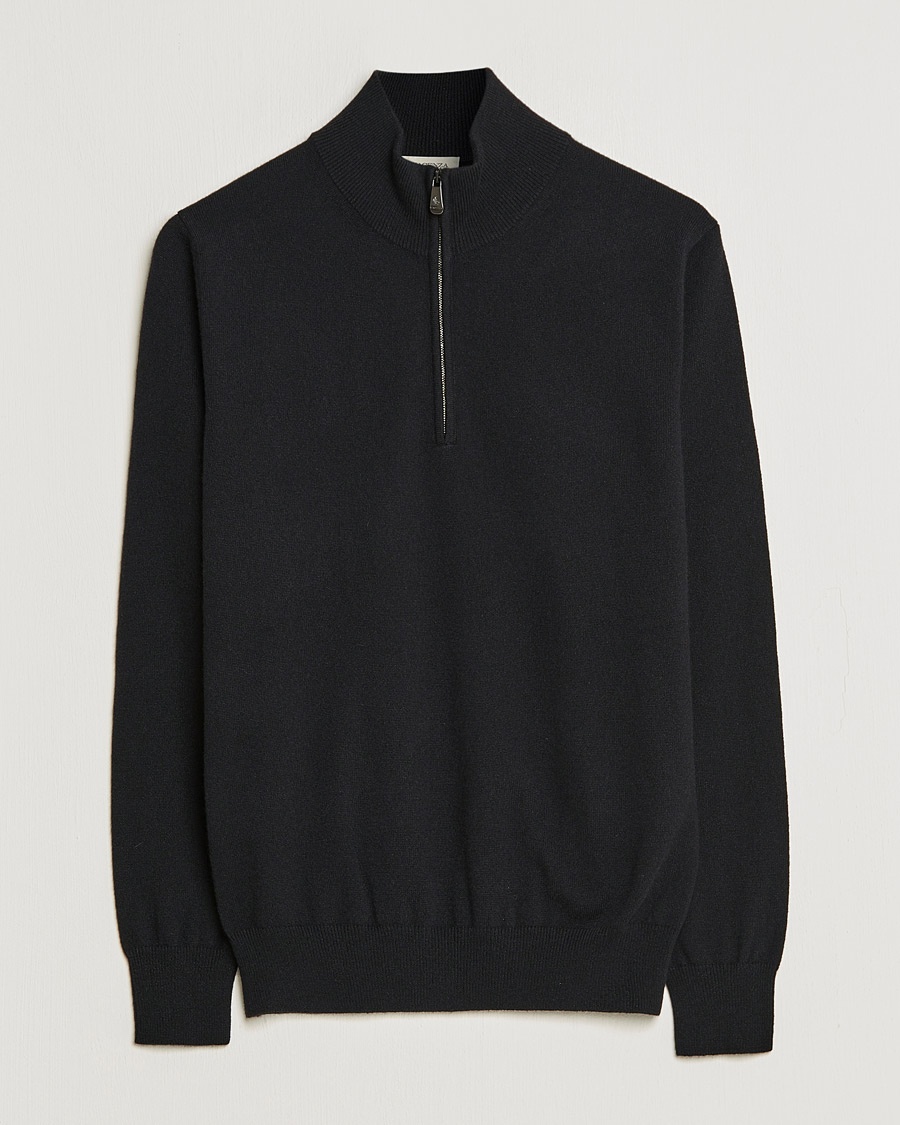

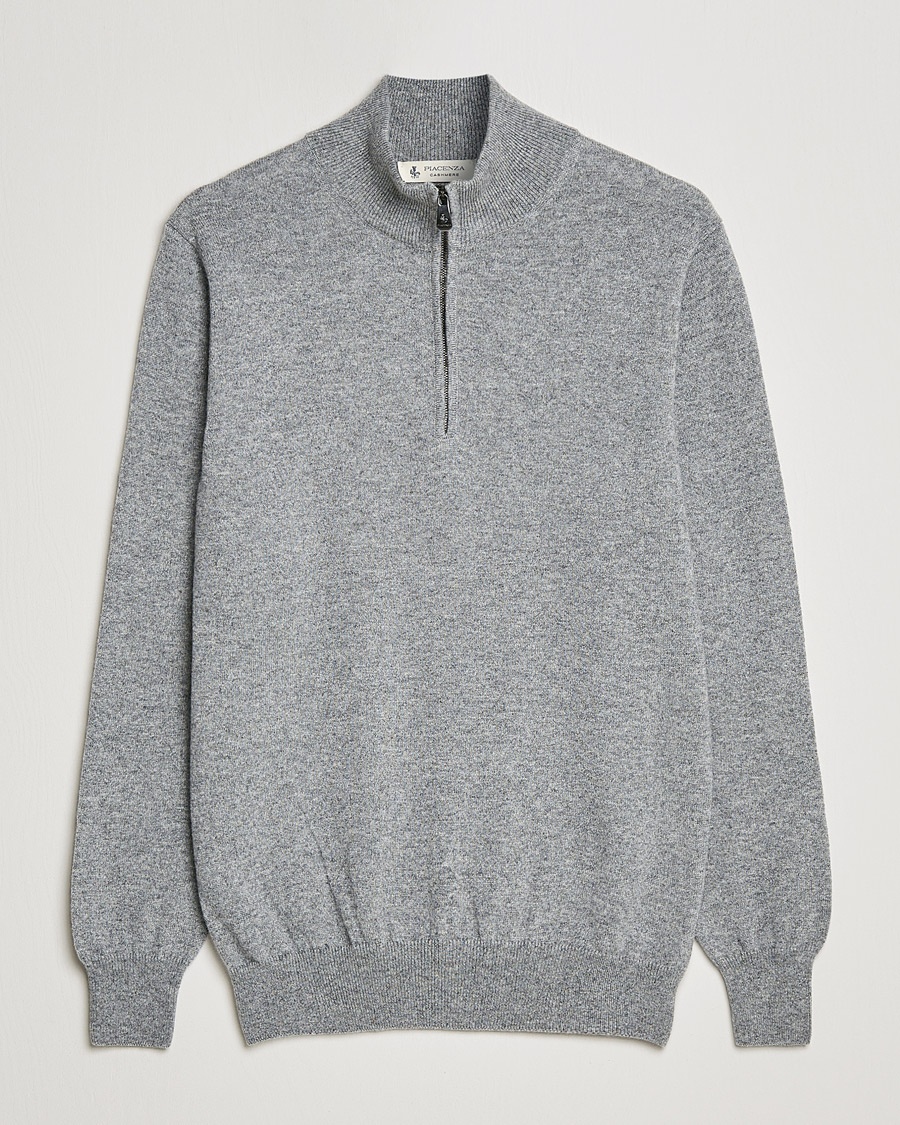
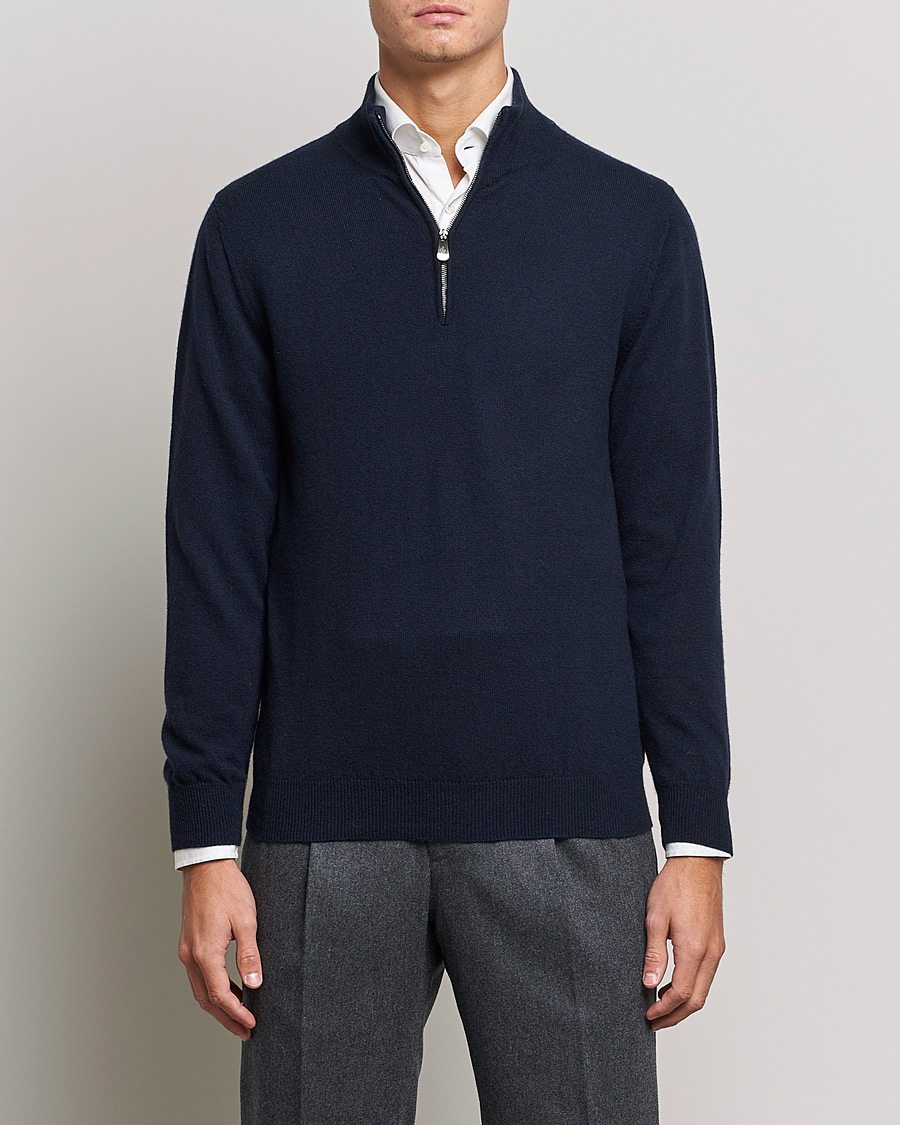
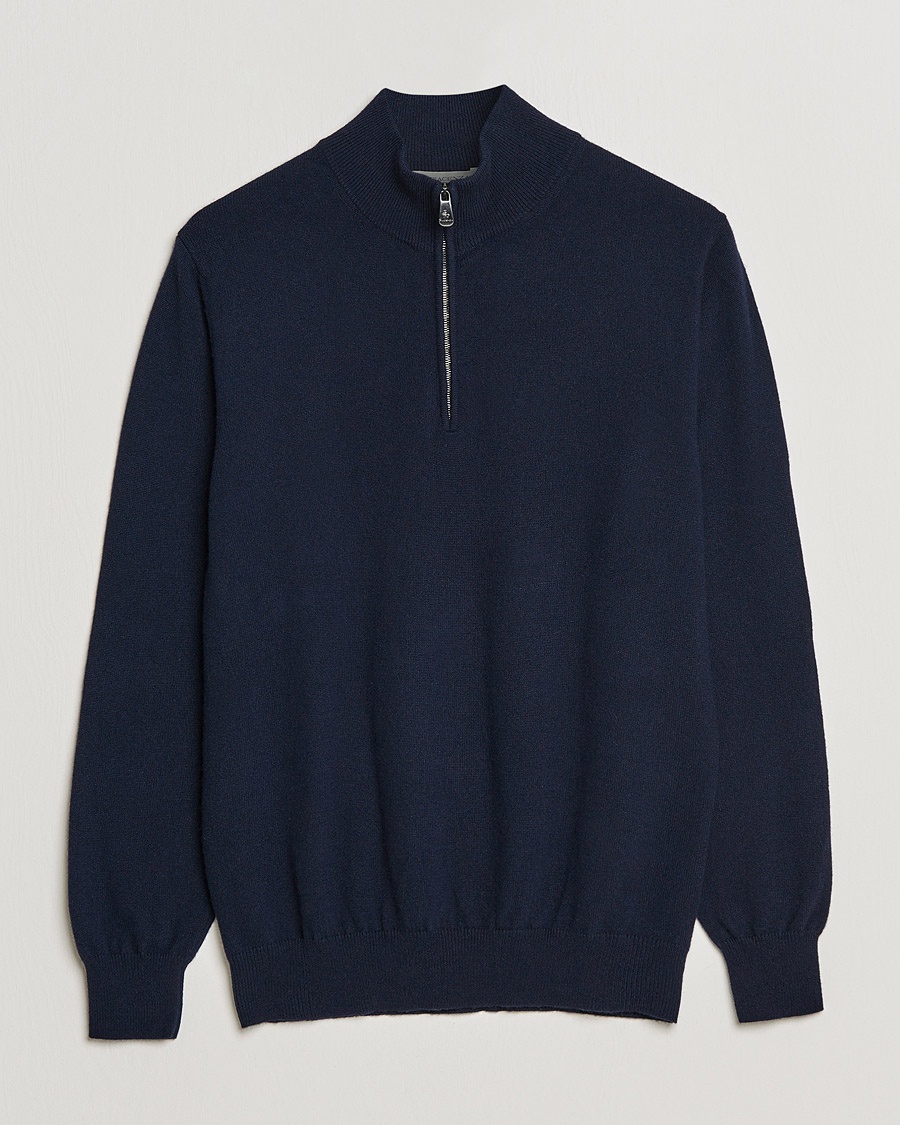
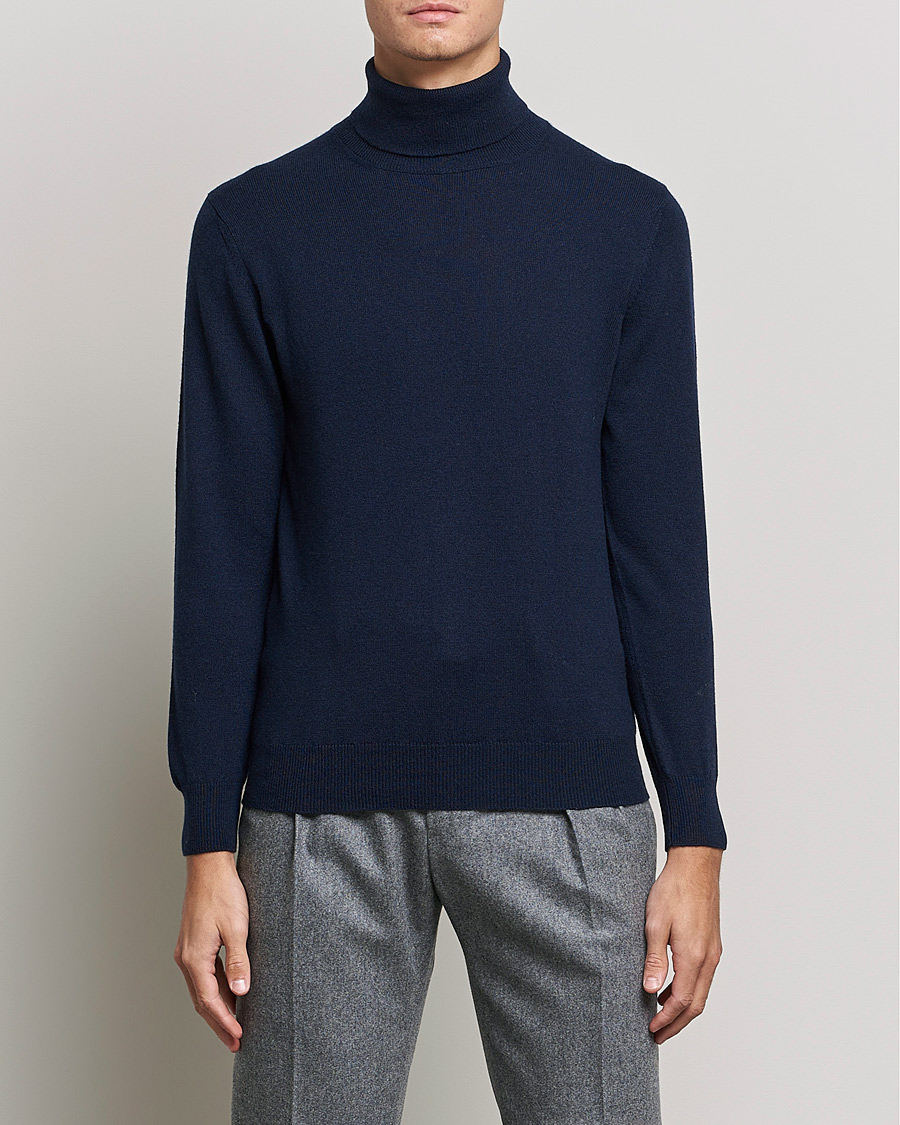
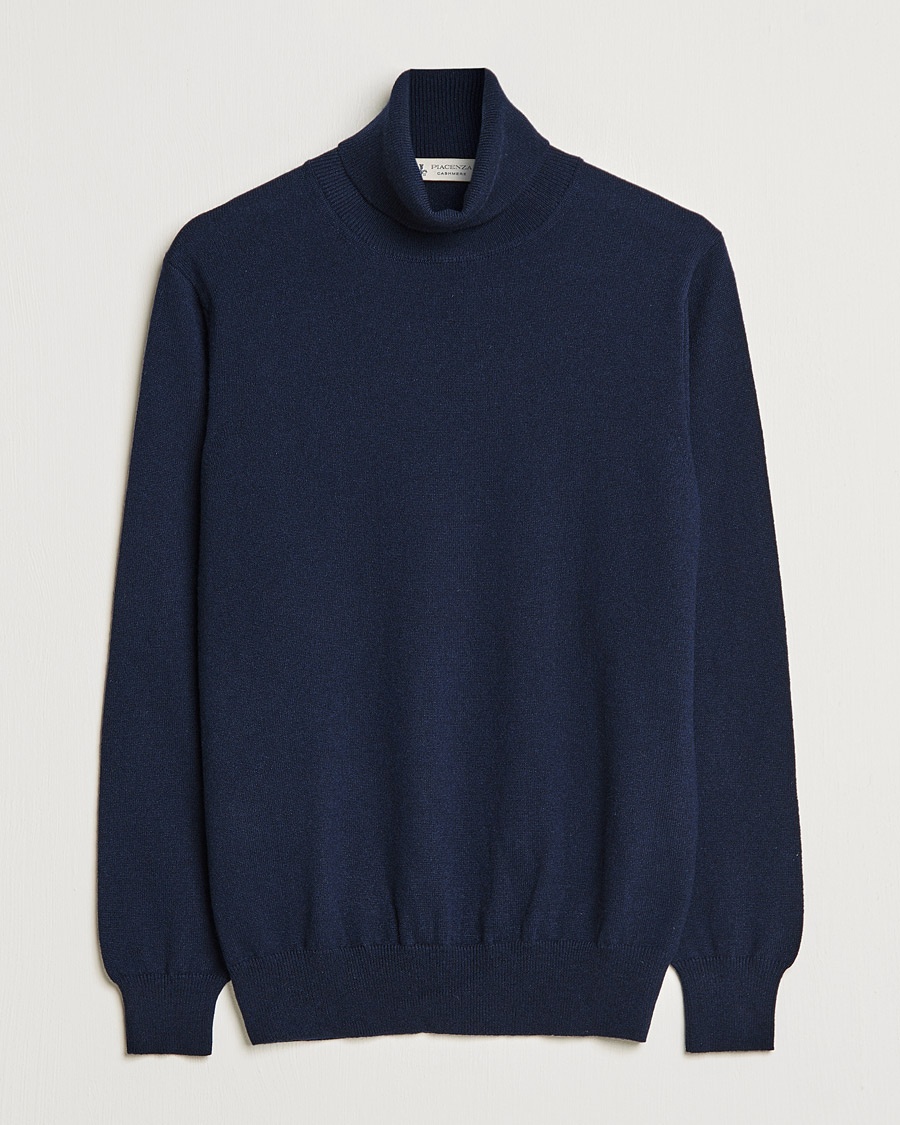

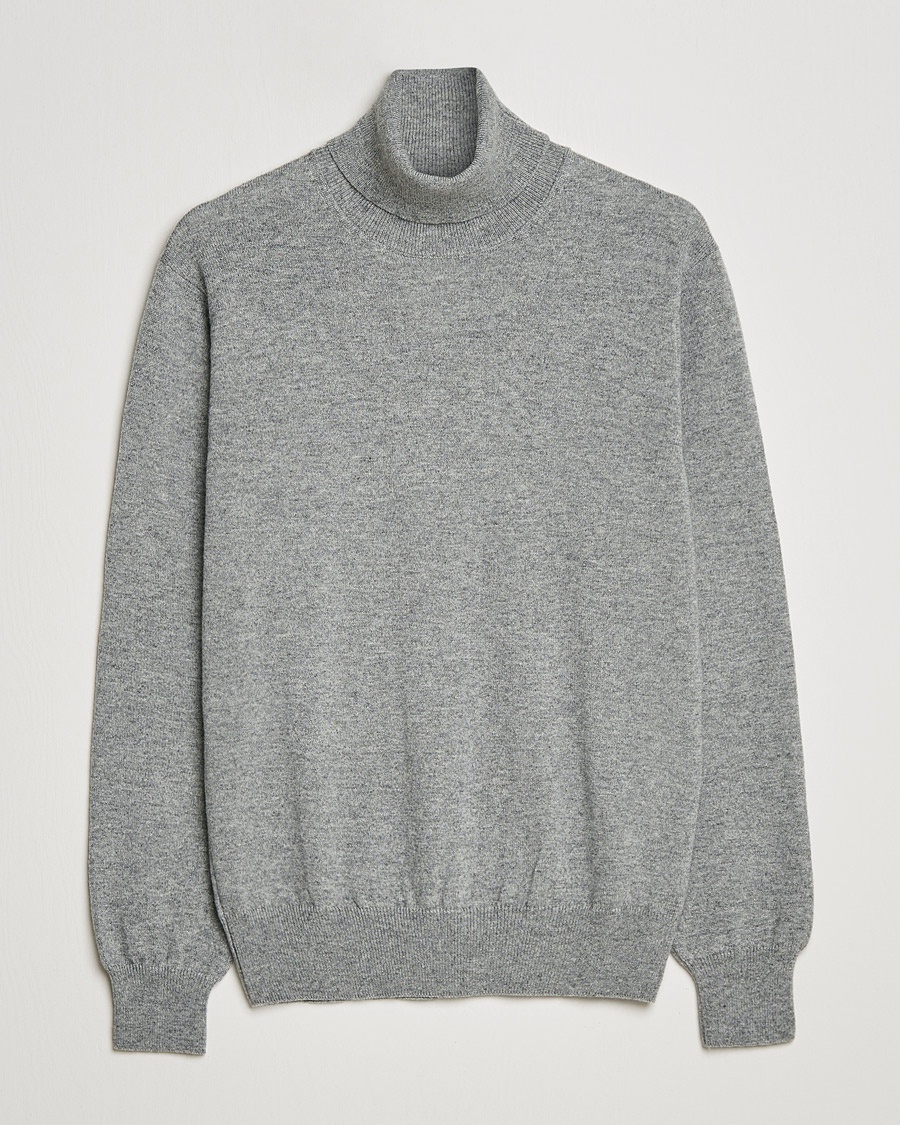
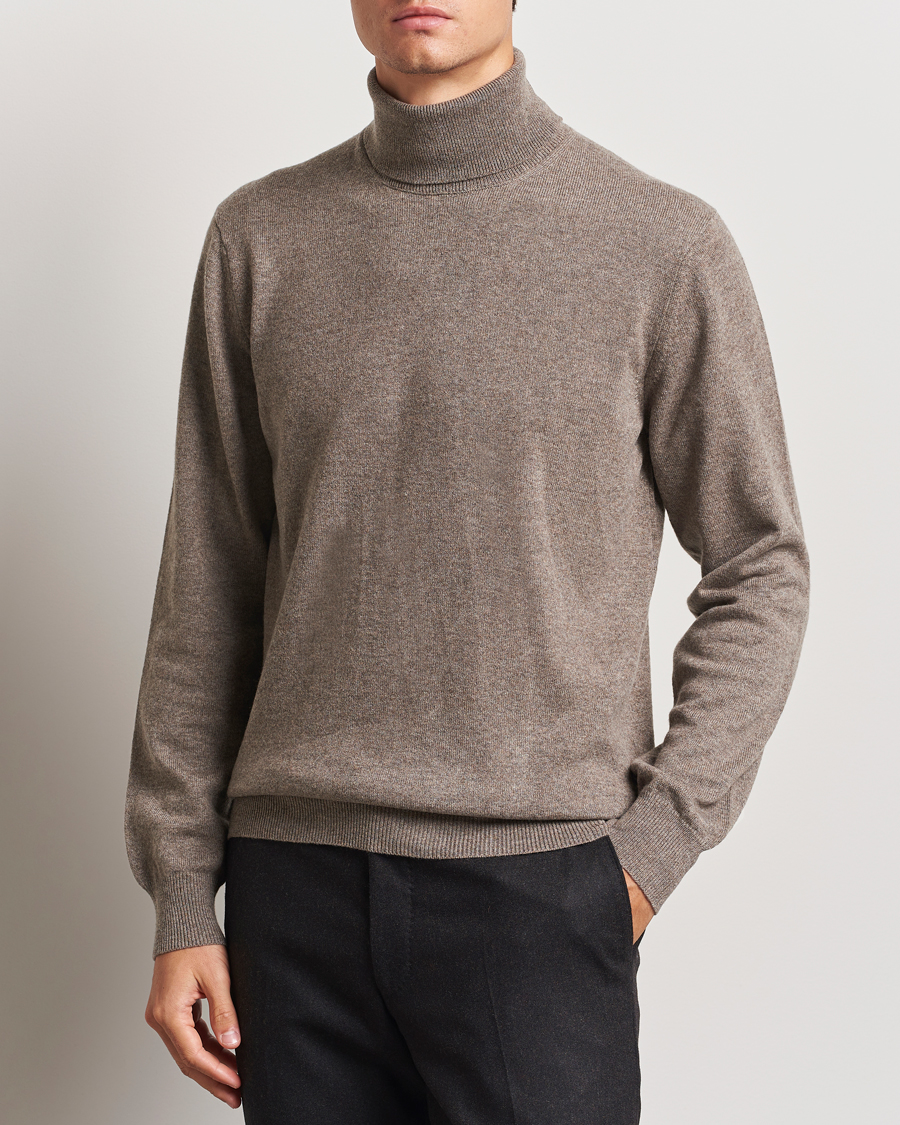
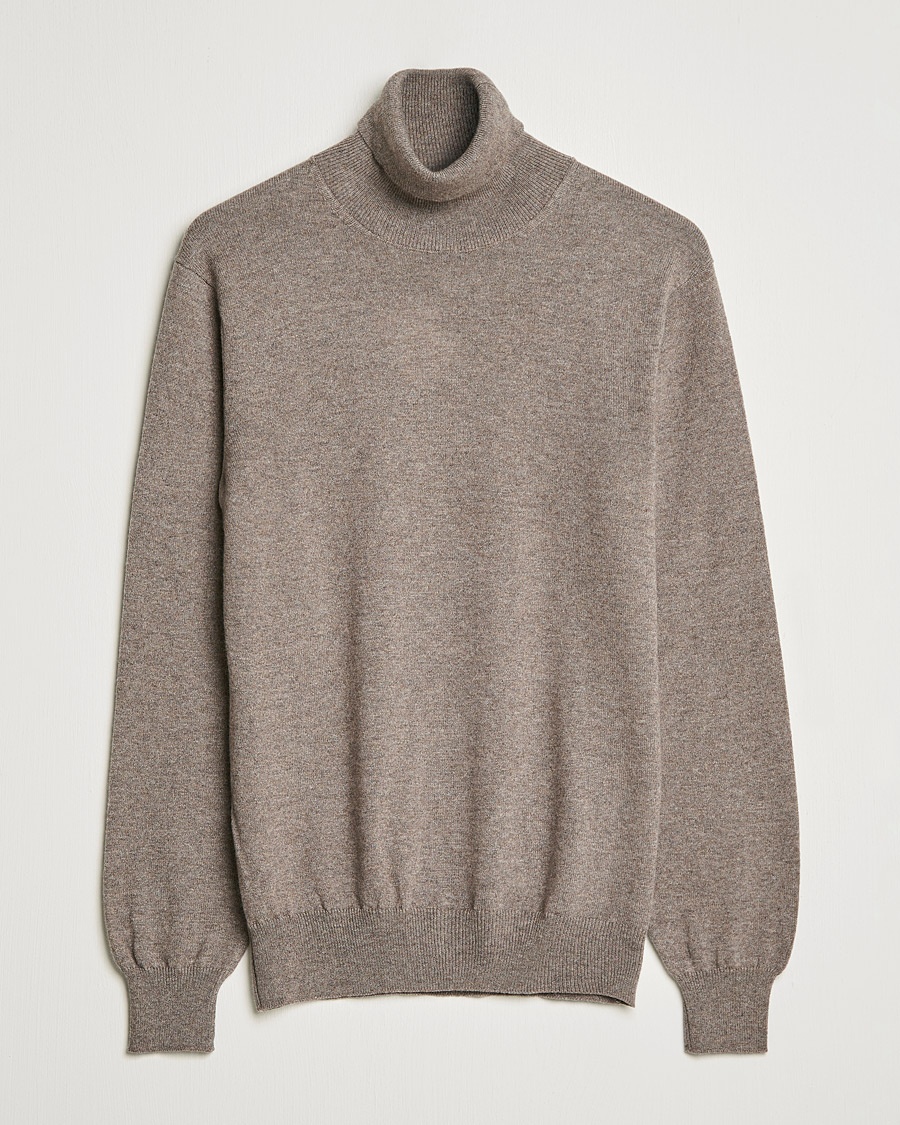
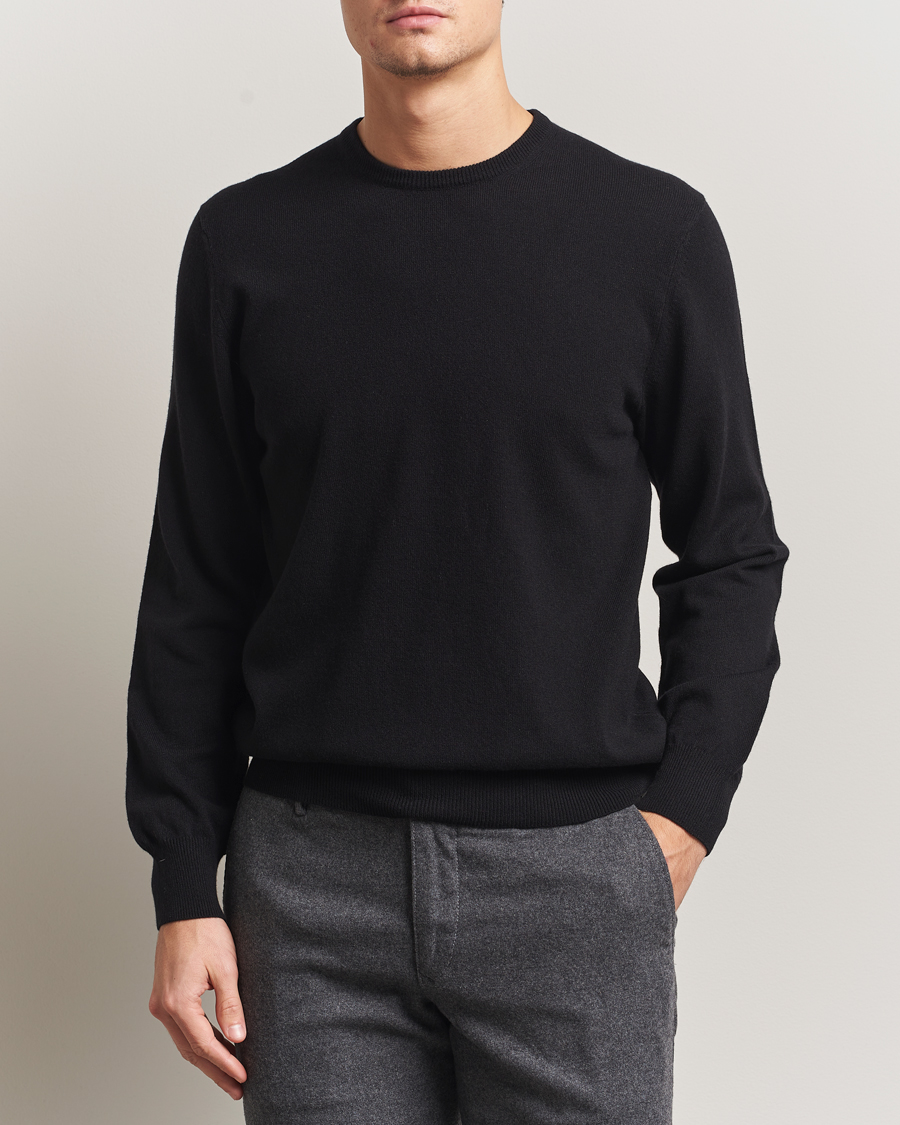



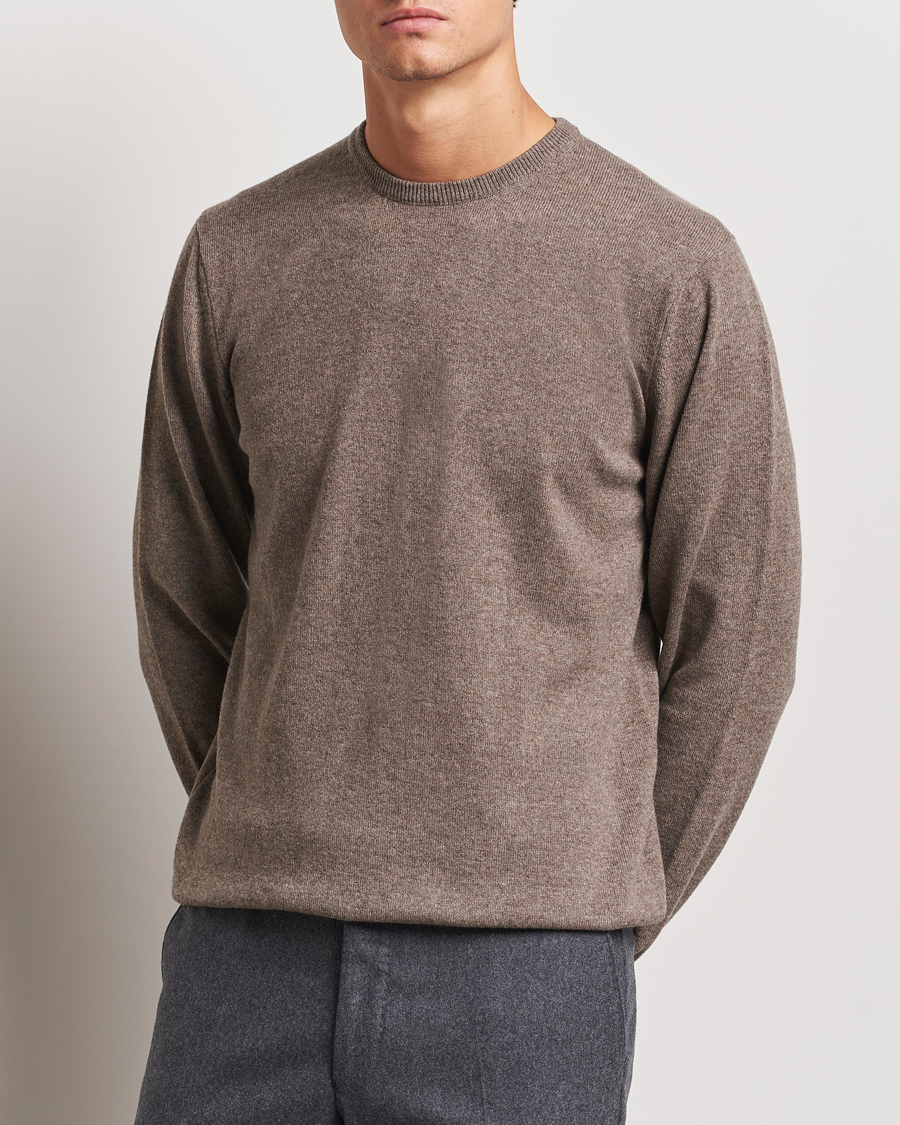
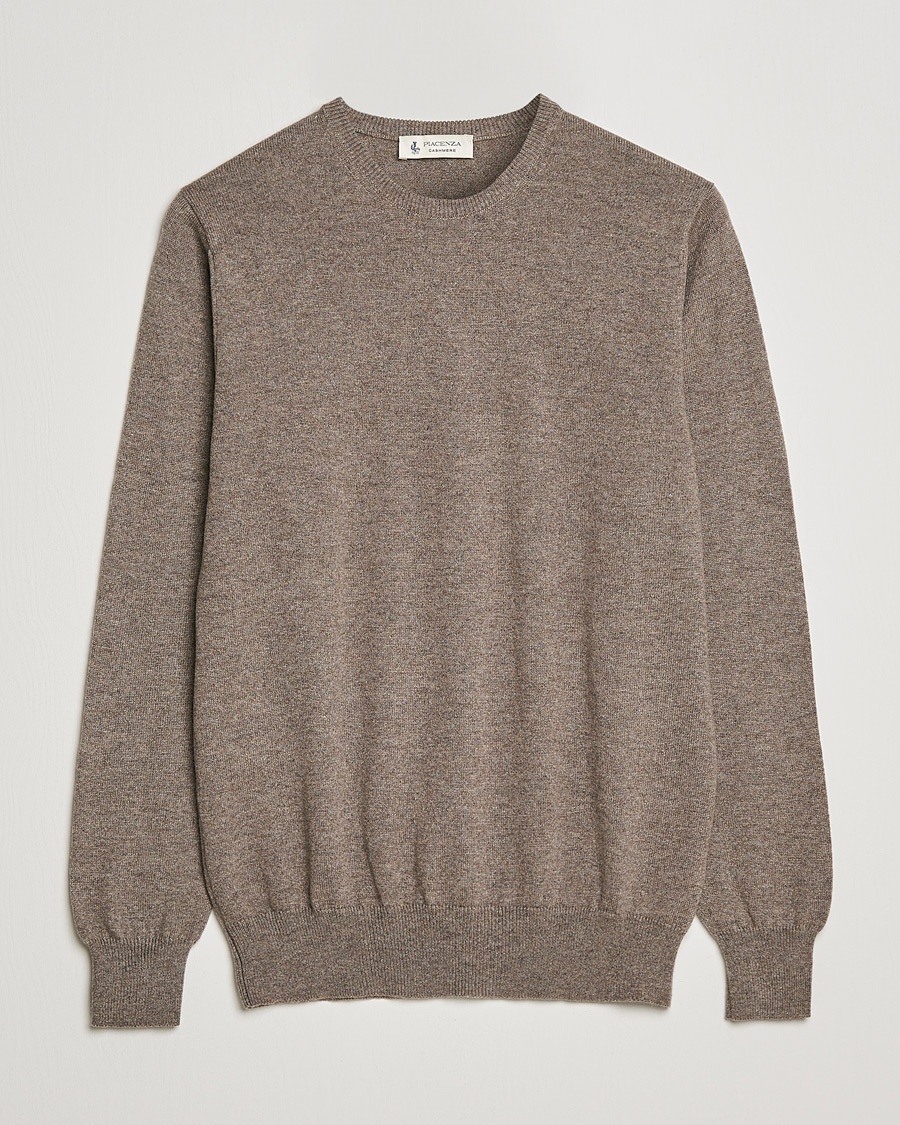
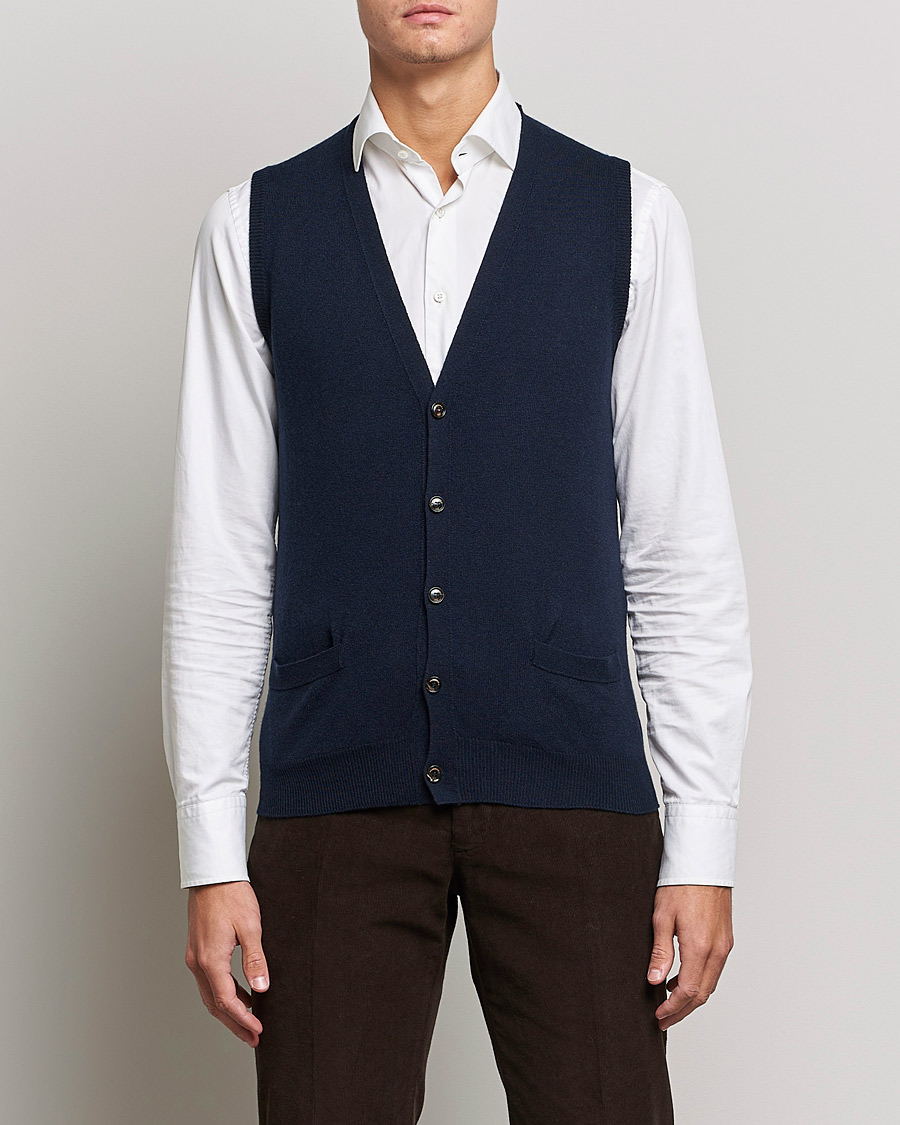


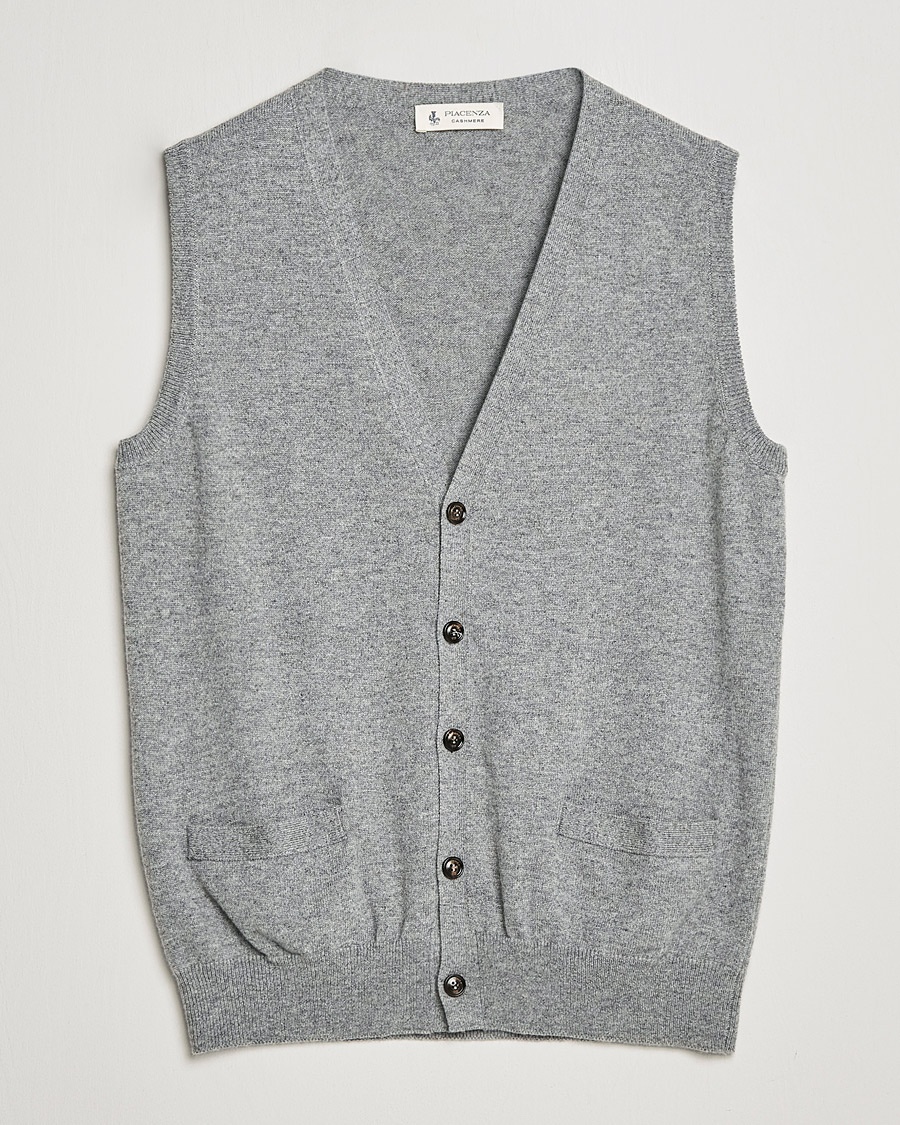
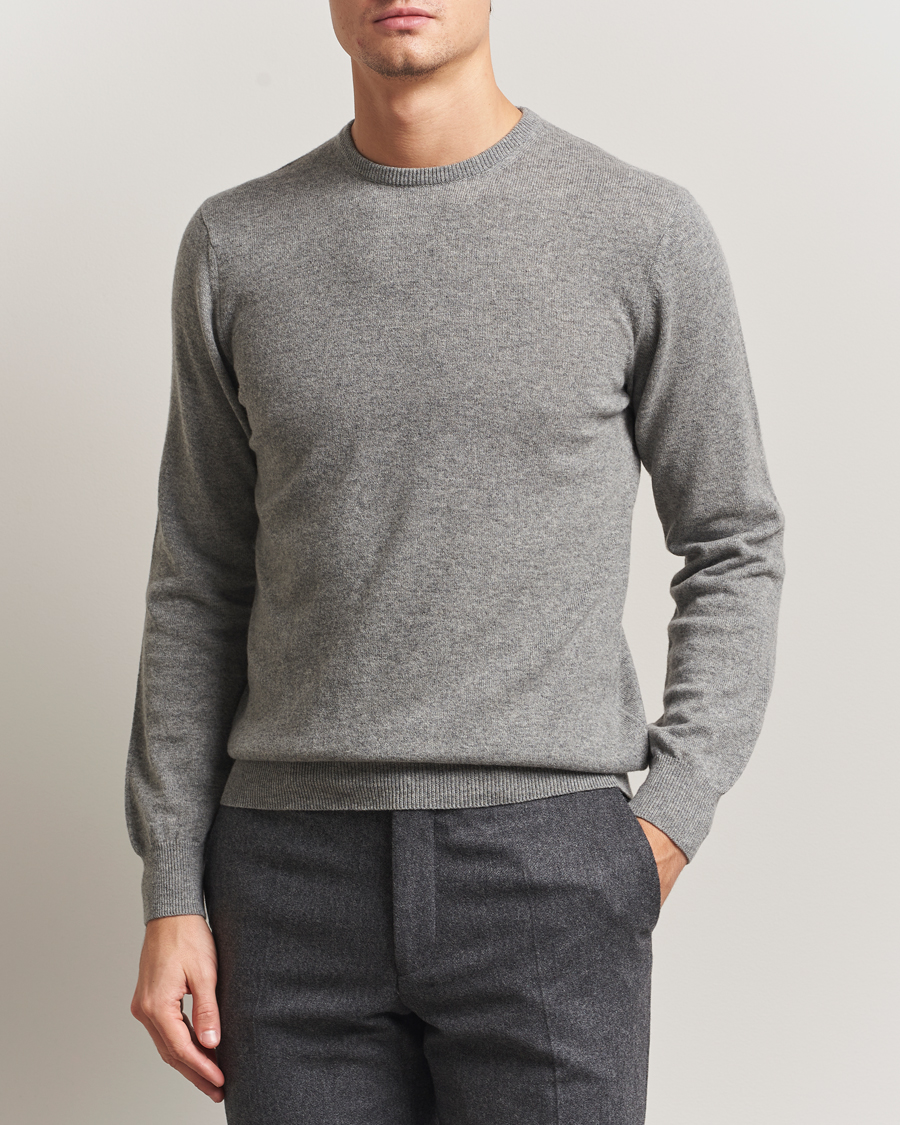
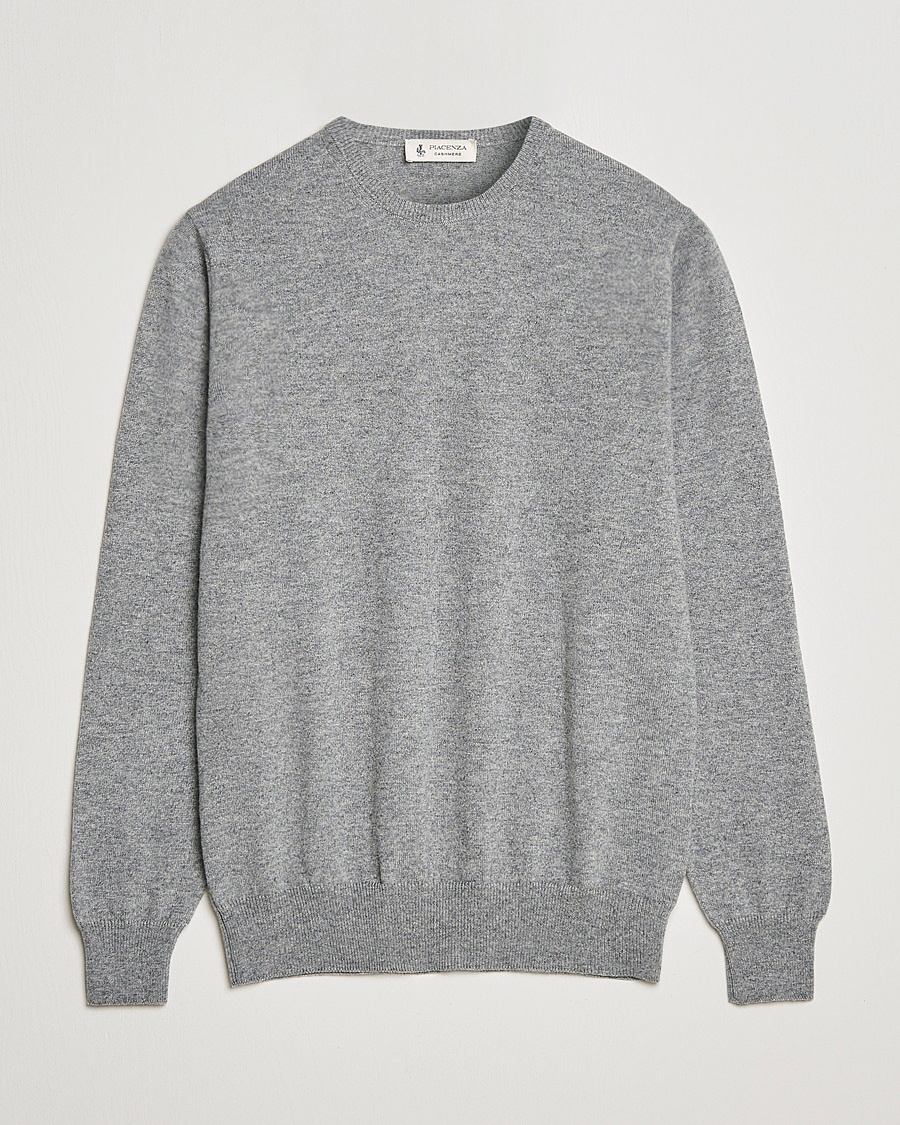
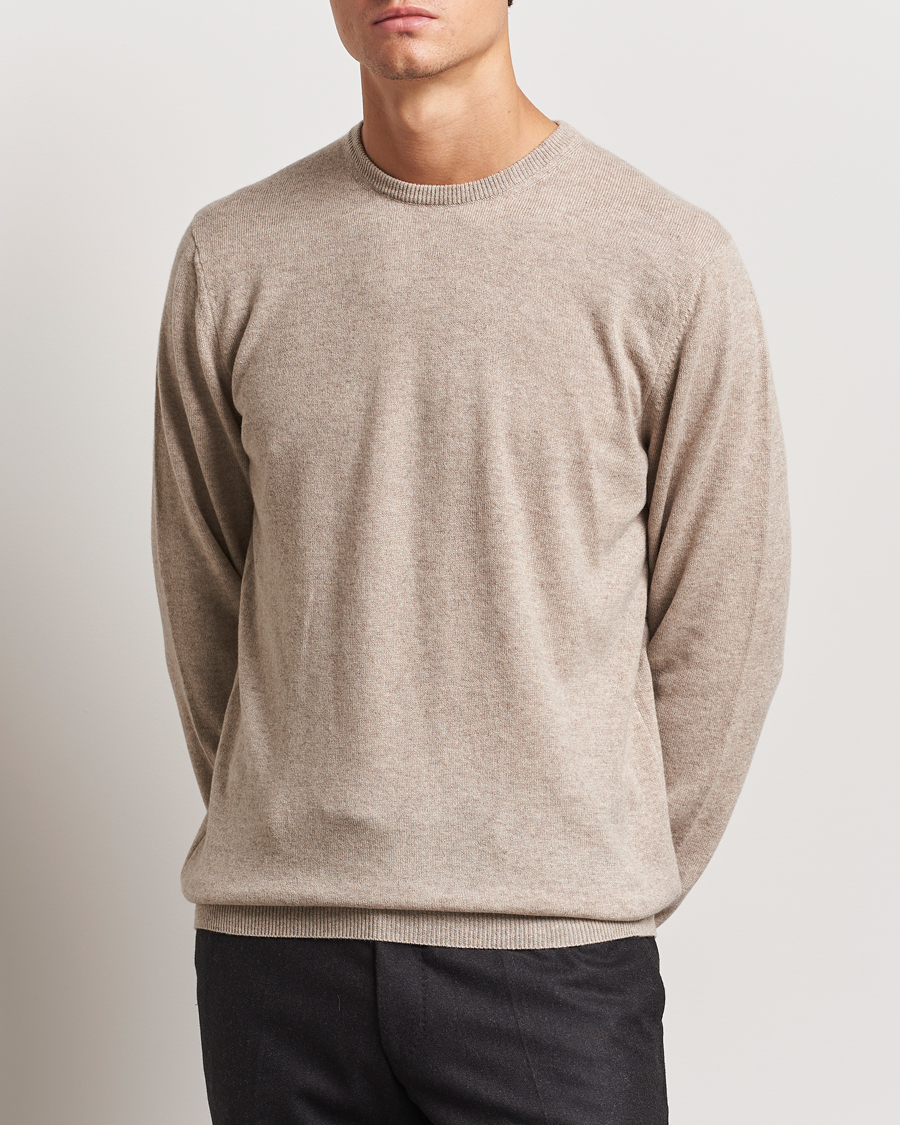
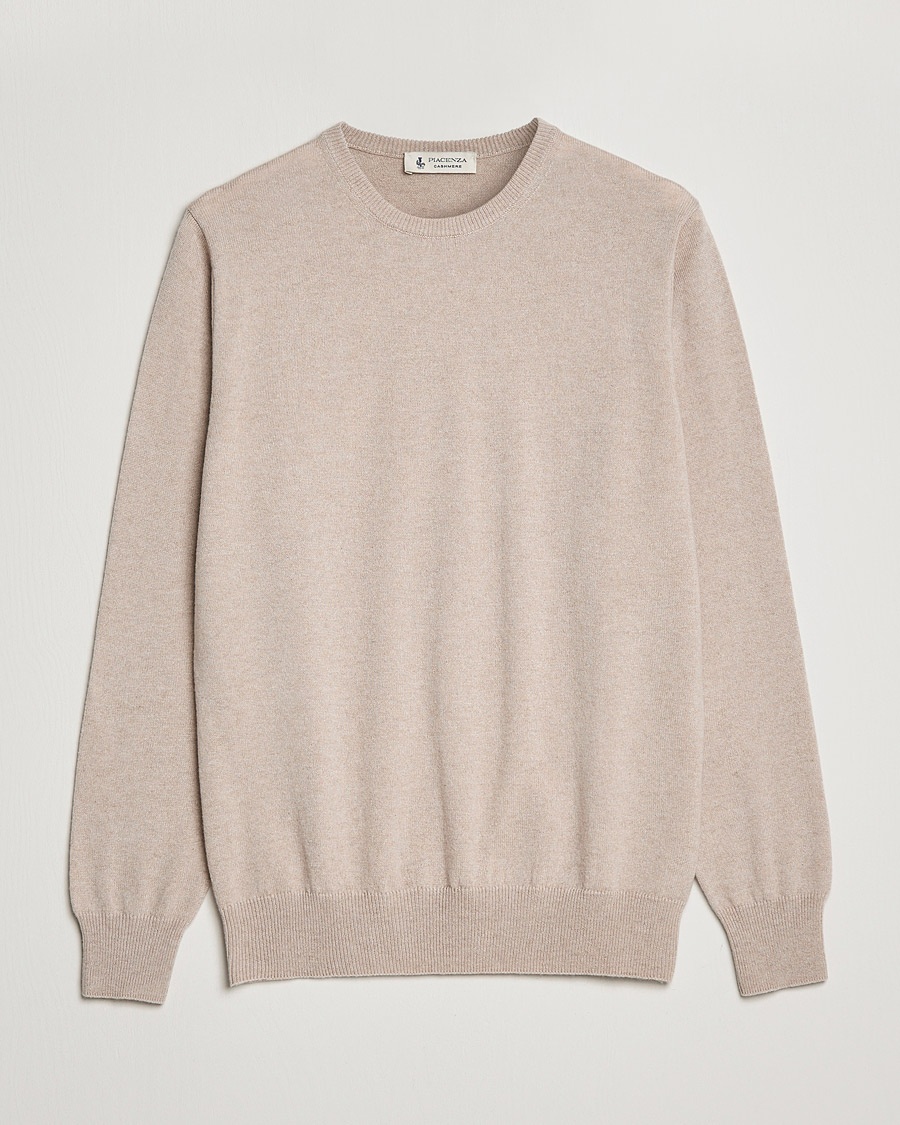
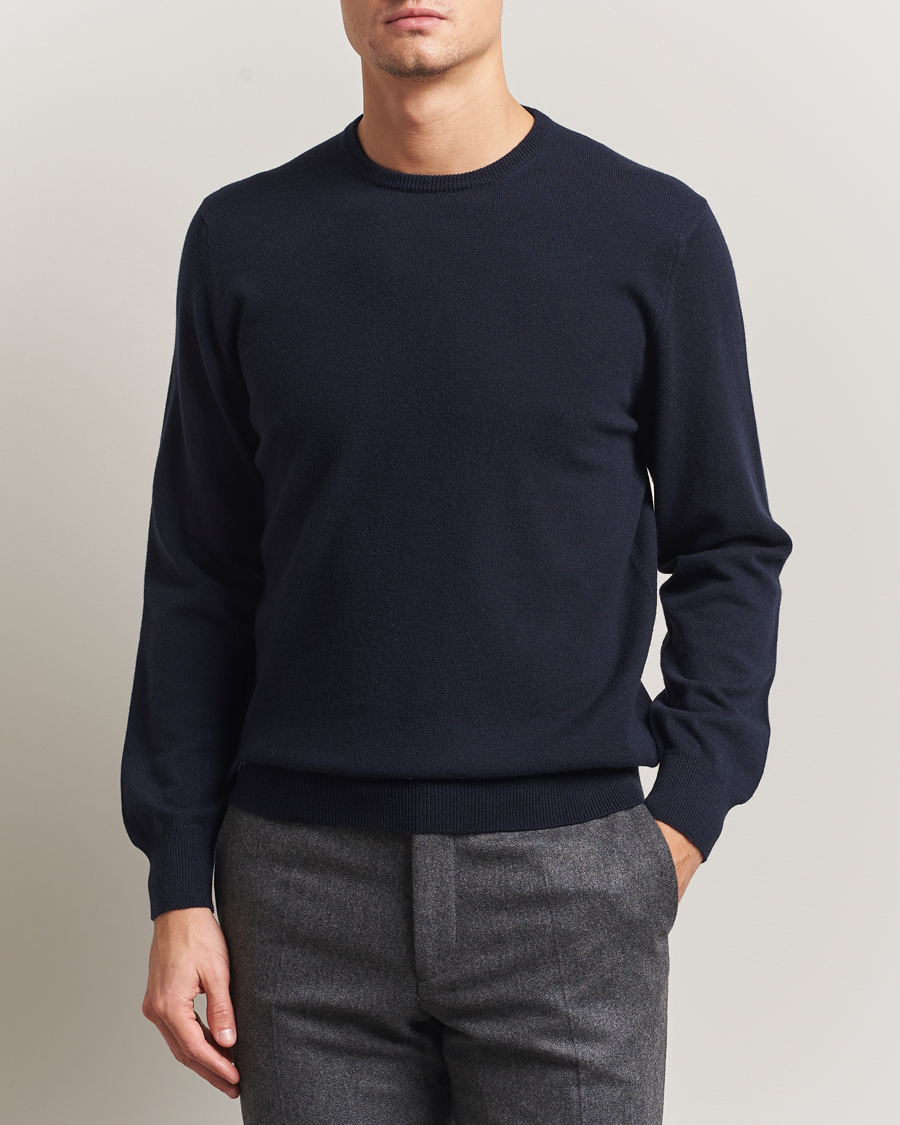
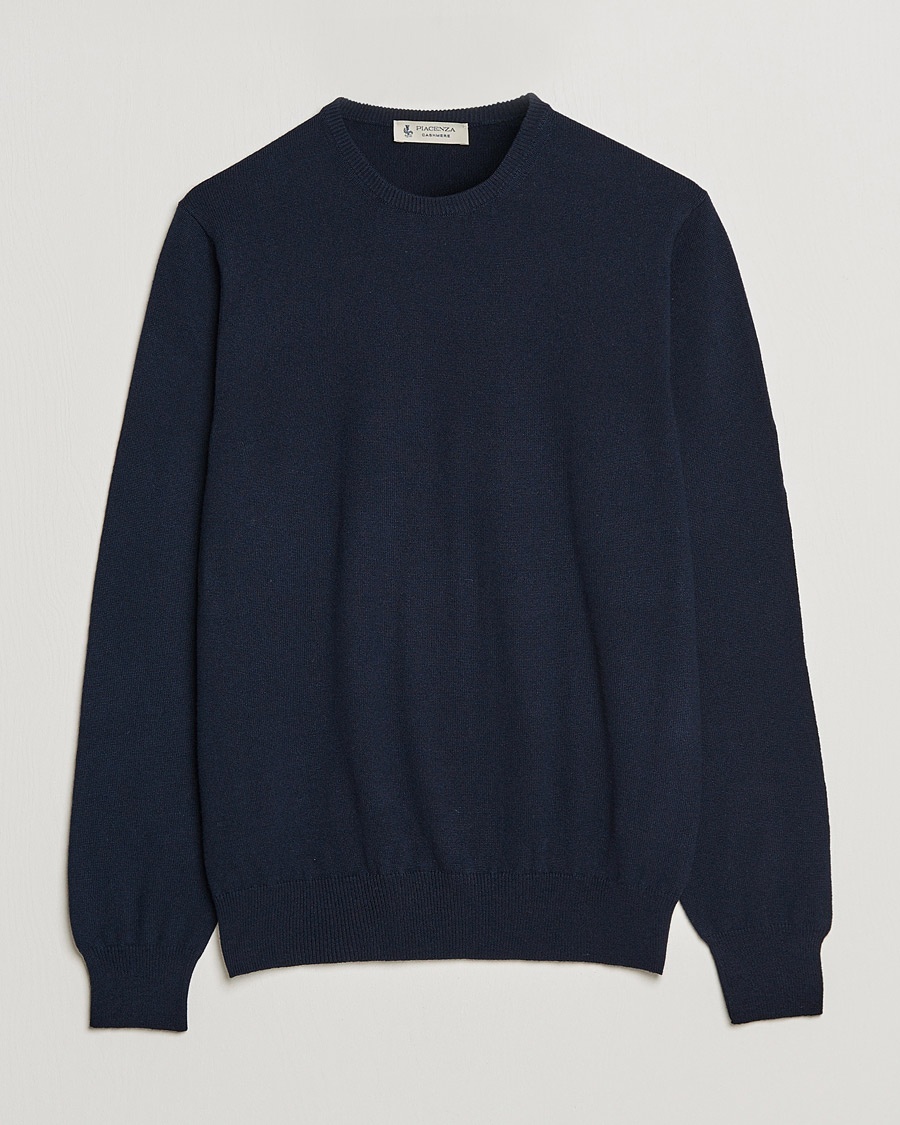
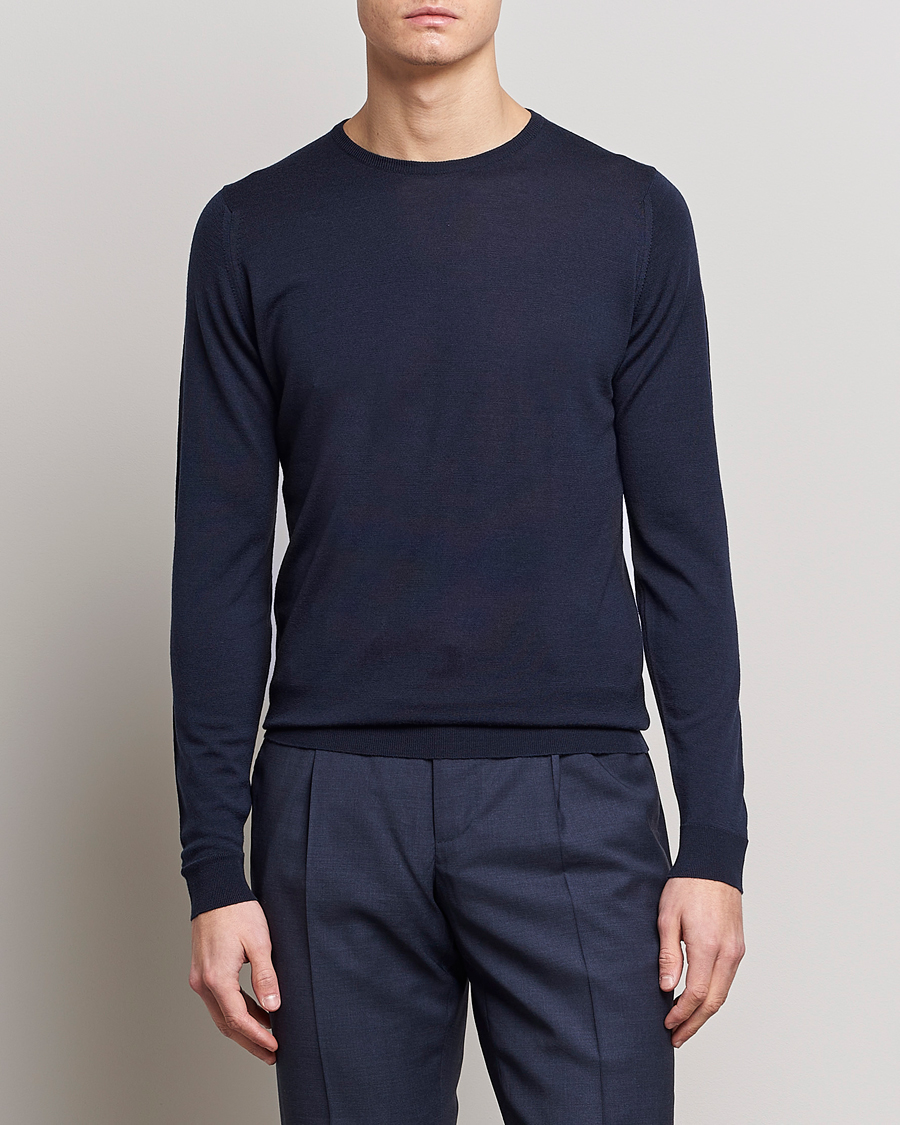

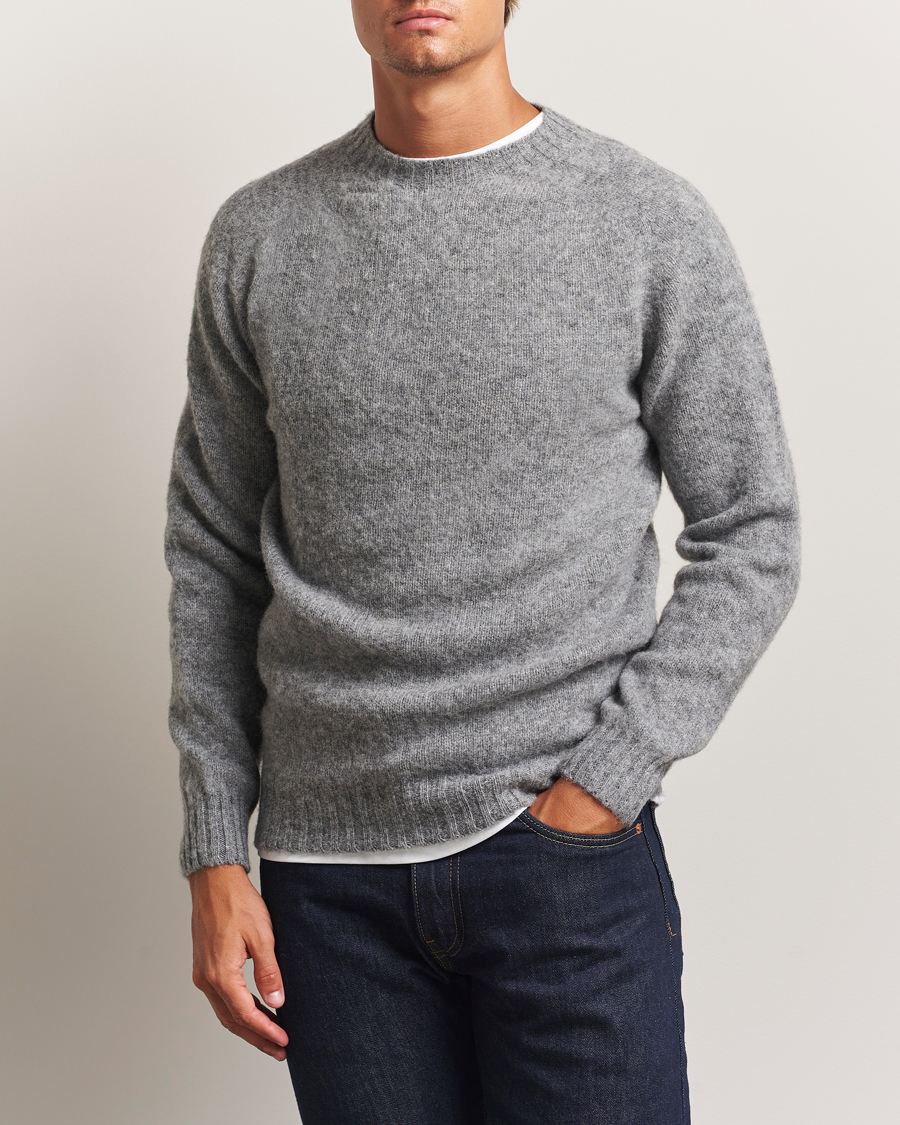
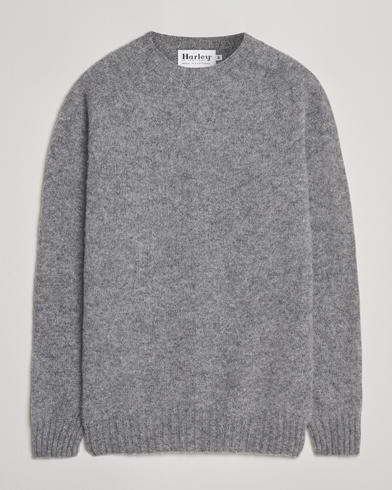
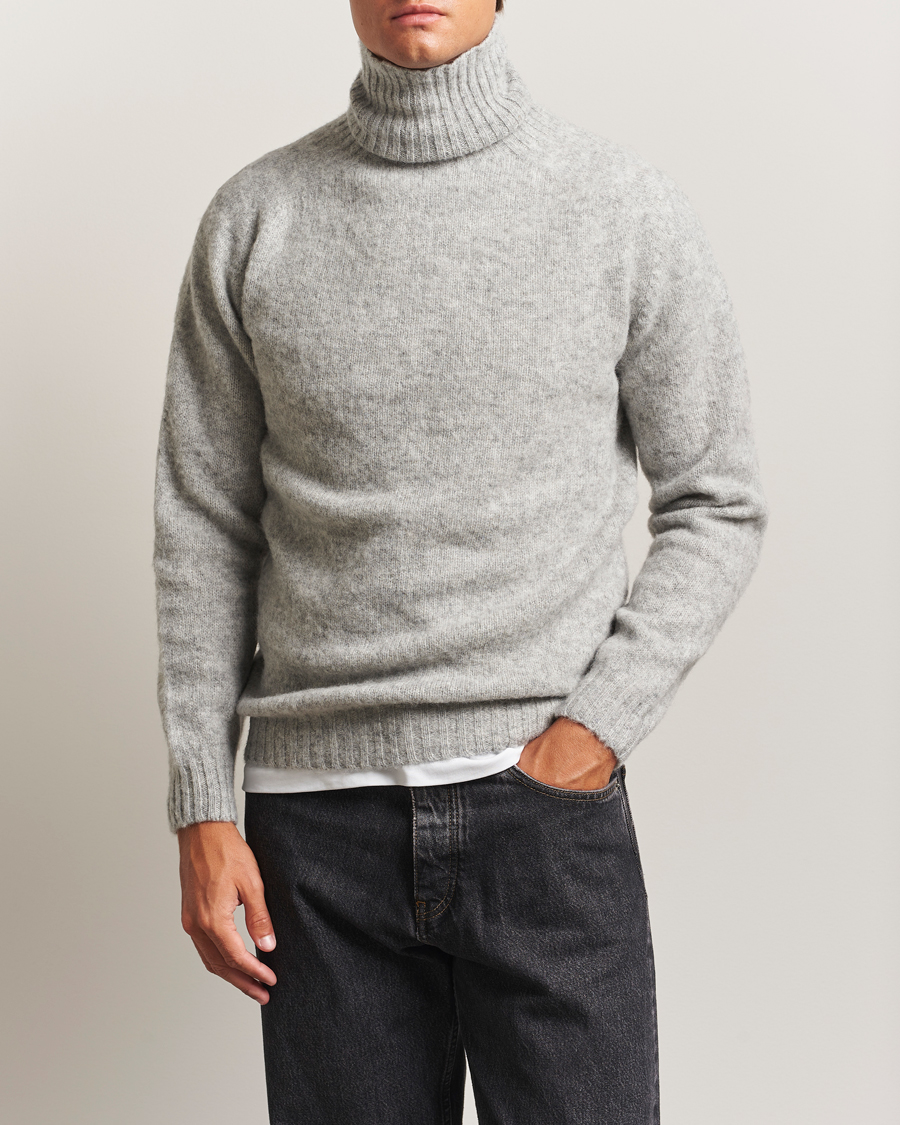
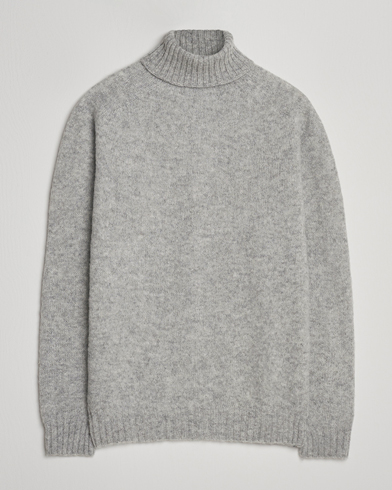
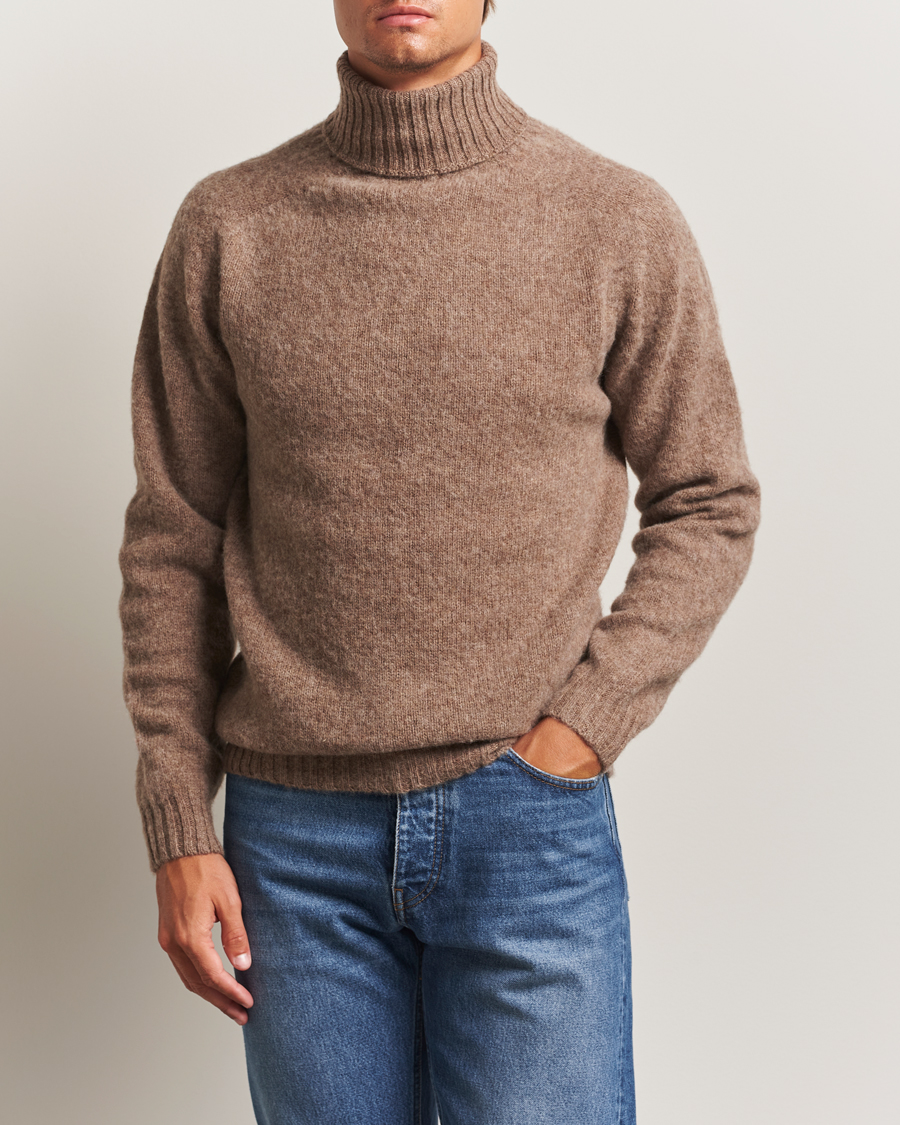

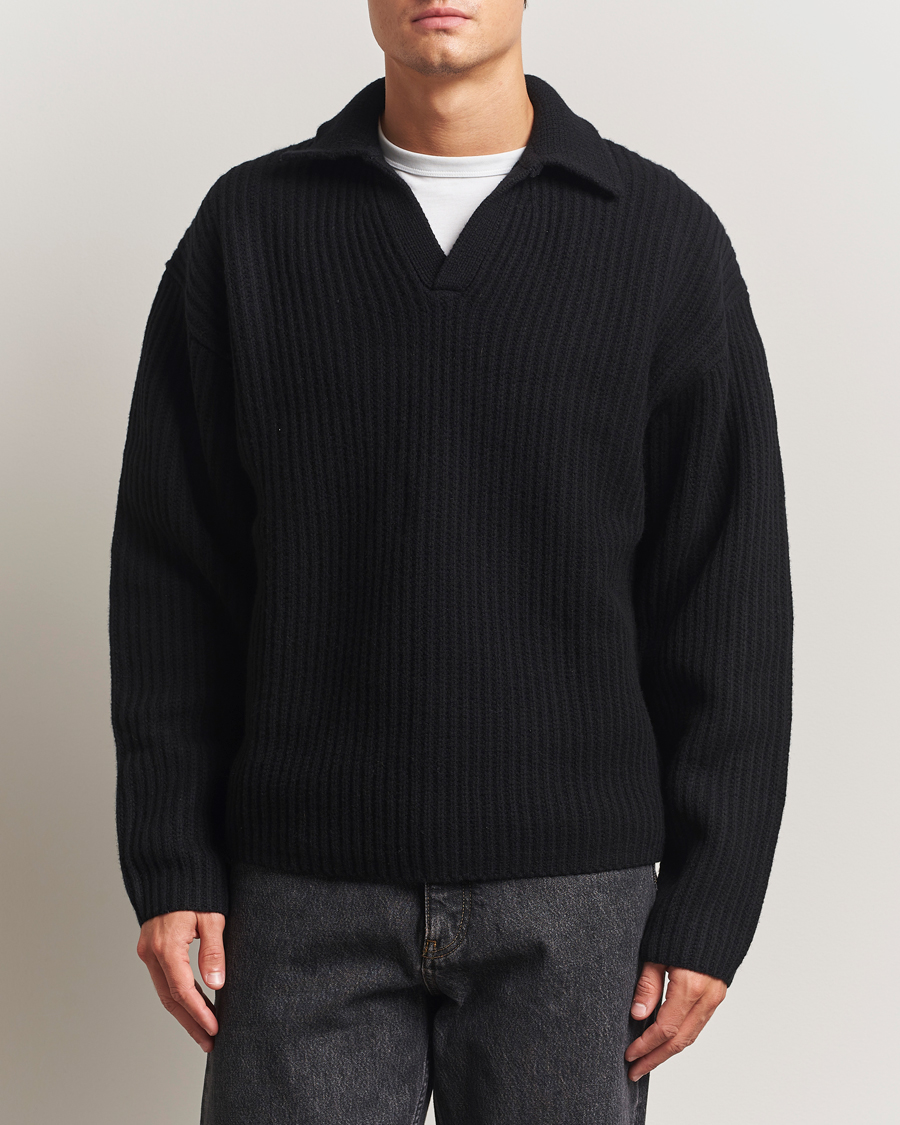
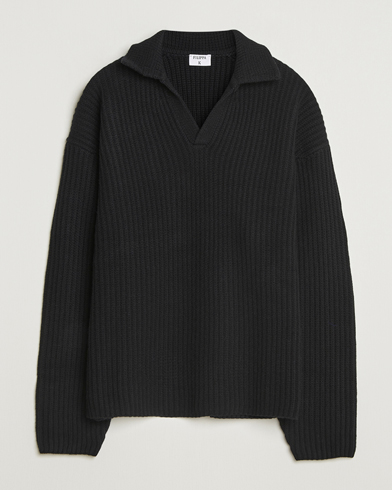

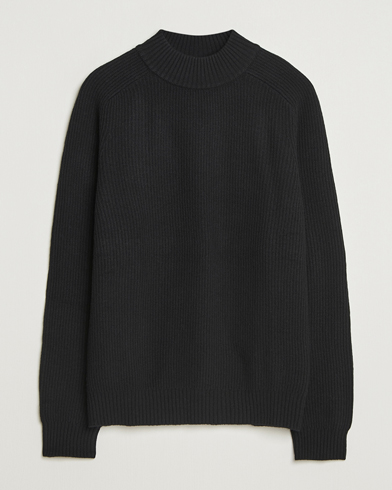
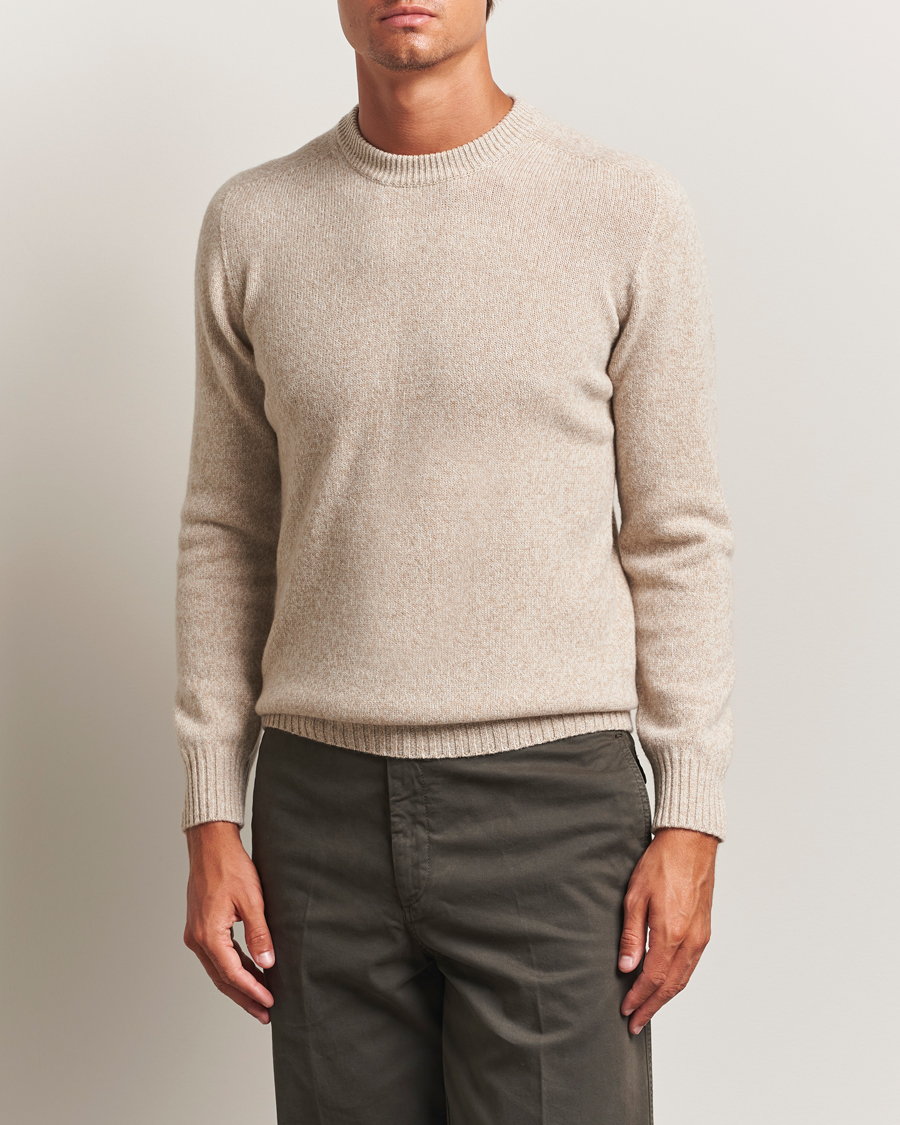
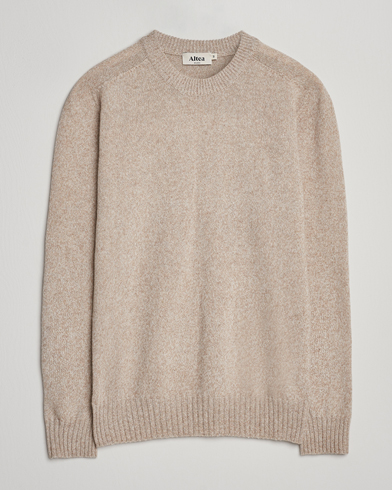
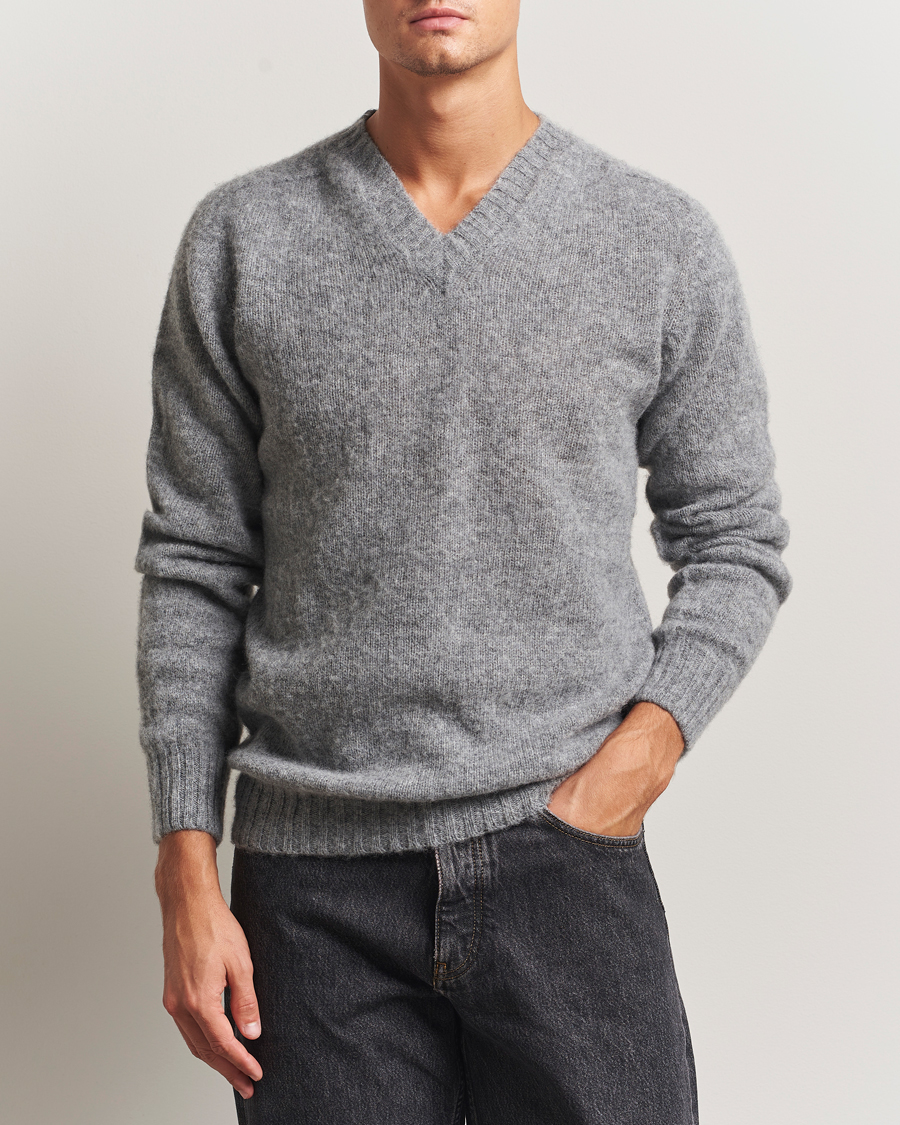
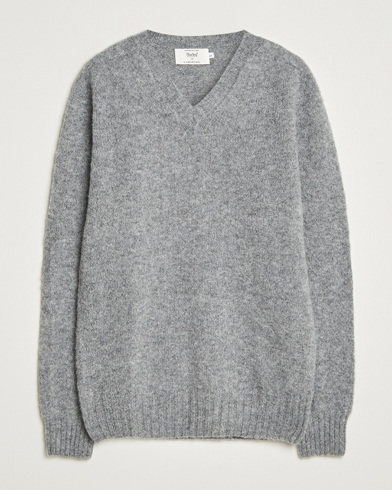

.jpg)
